Embark on a captivating journey from Athens to Piraeus, winding through the beautiful landscapes of Central and Southern Greece. This itinerary is designed to present you with the country’s finest historic sites, fascinating museums, and countless breathtaking locations perfect for taking pictures.
The trip is thoughtfully paced; your days are reserved for sightseeing and soaking up the good times, while travel to the next stop is planned for the evenings. This allows you to arrive at your new destination with time to settle in for the night. With spectacular scenery and some thrilling roads along the way.
Of course, resting locations are included for balance and additional enjoyment!
Must have on this trip: Hiking shoes, snorkelling mask, water shoes, comfy clothing, and a student card if you’re a student from the EU.
Overview
Greece itinerary
How To Use The Map:
Click the tab in the top left-hand corner of the map to view the layers (pins on maps with places such as swimming spots and beaches, parking, restaurants, towns, ticket offices, etc.)
You can click the check marks to hide or show layers. If you click the icons on the map, you can get more information about each pinned point.
If you click the star next to the title of the map, this map will be added to your Google Maps account. To view it on your phone or computer, open Google Maps, click the menu button, go to “Your Places,” click Maps, and you will see this map on your list.
Archaeological Sites
Highlights
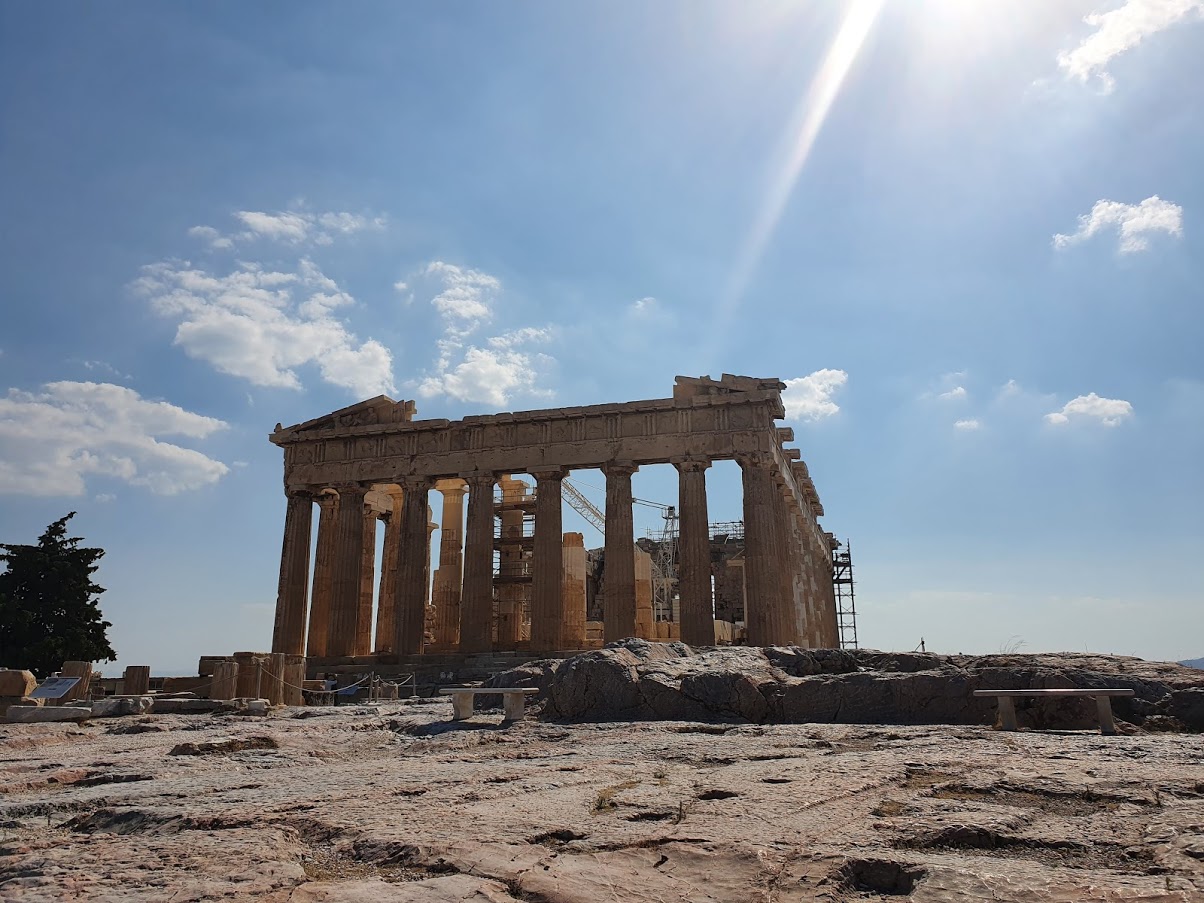
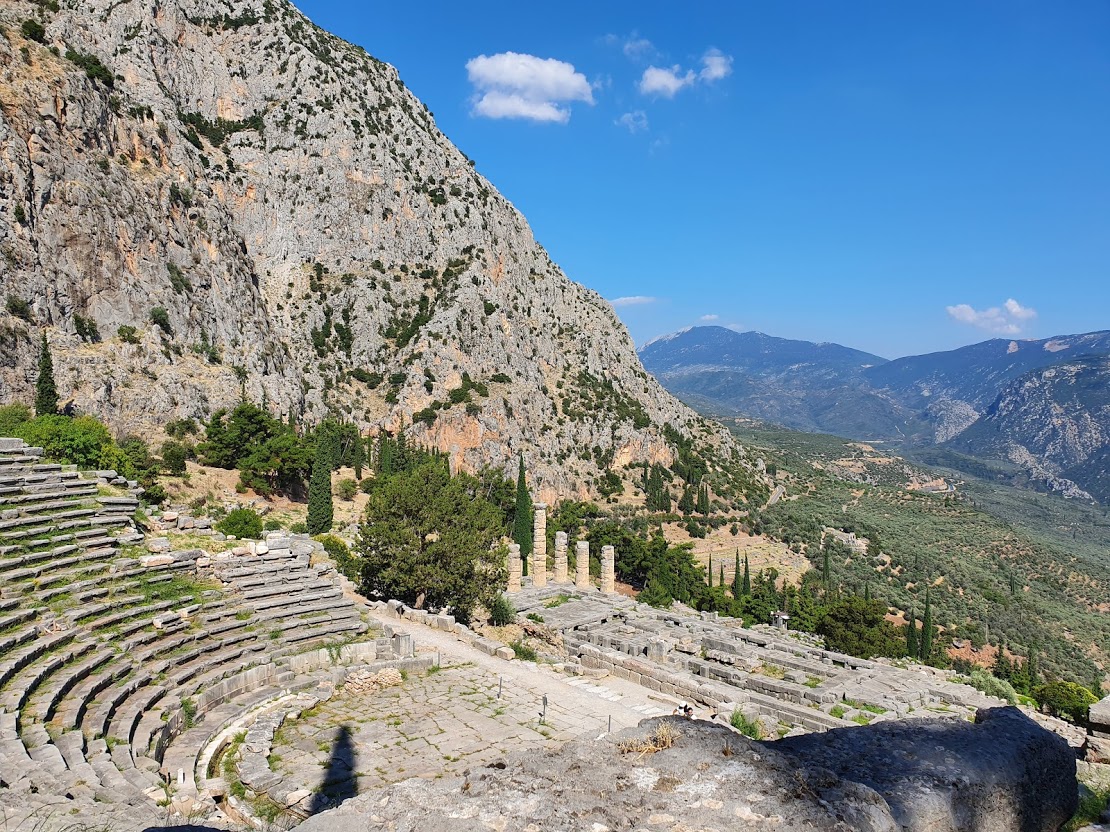
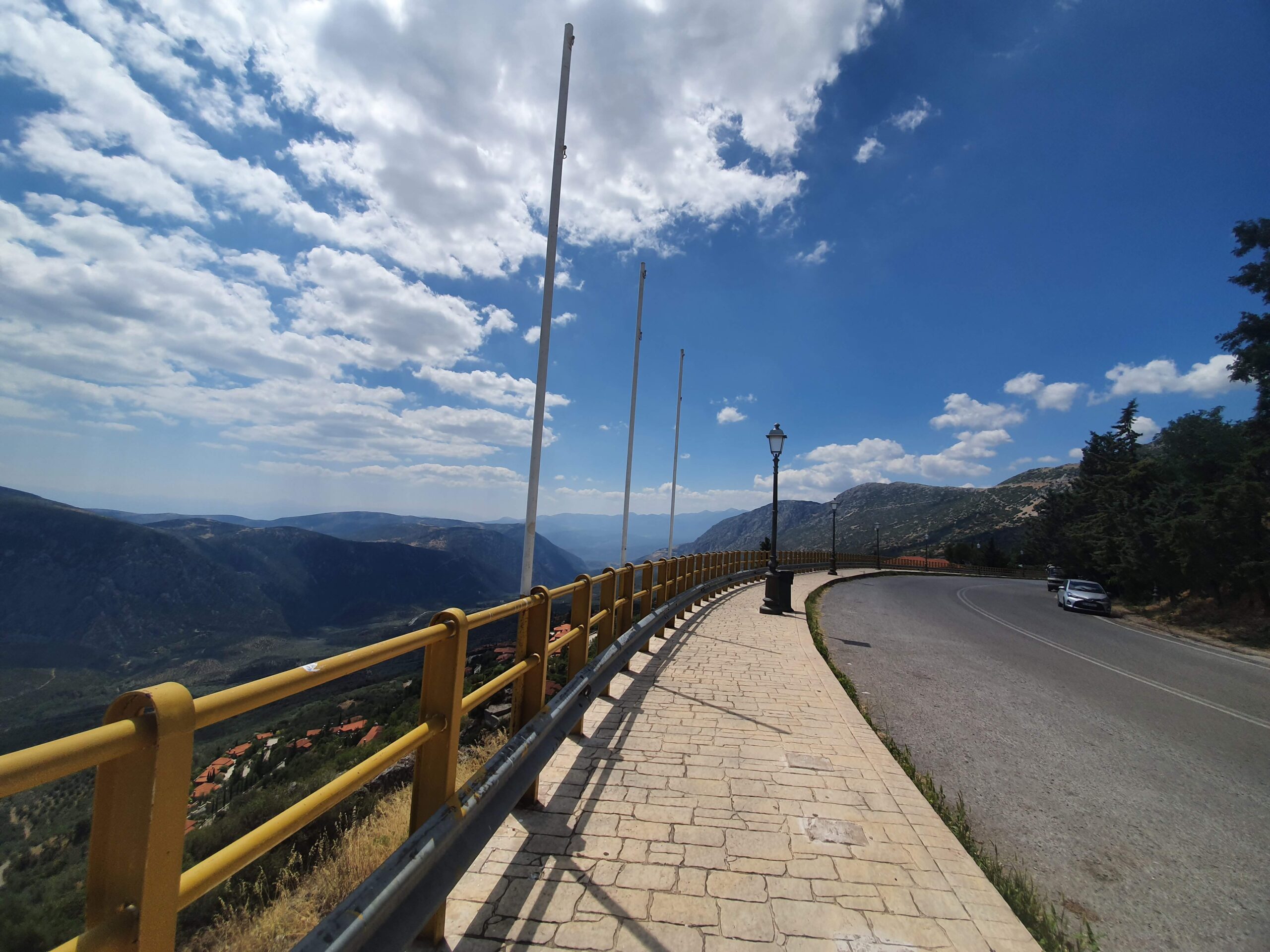
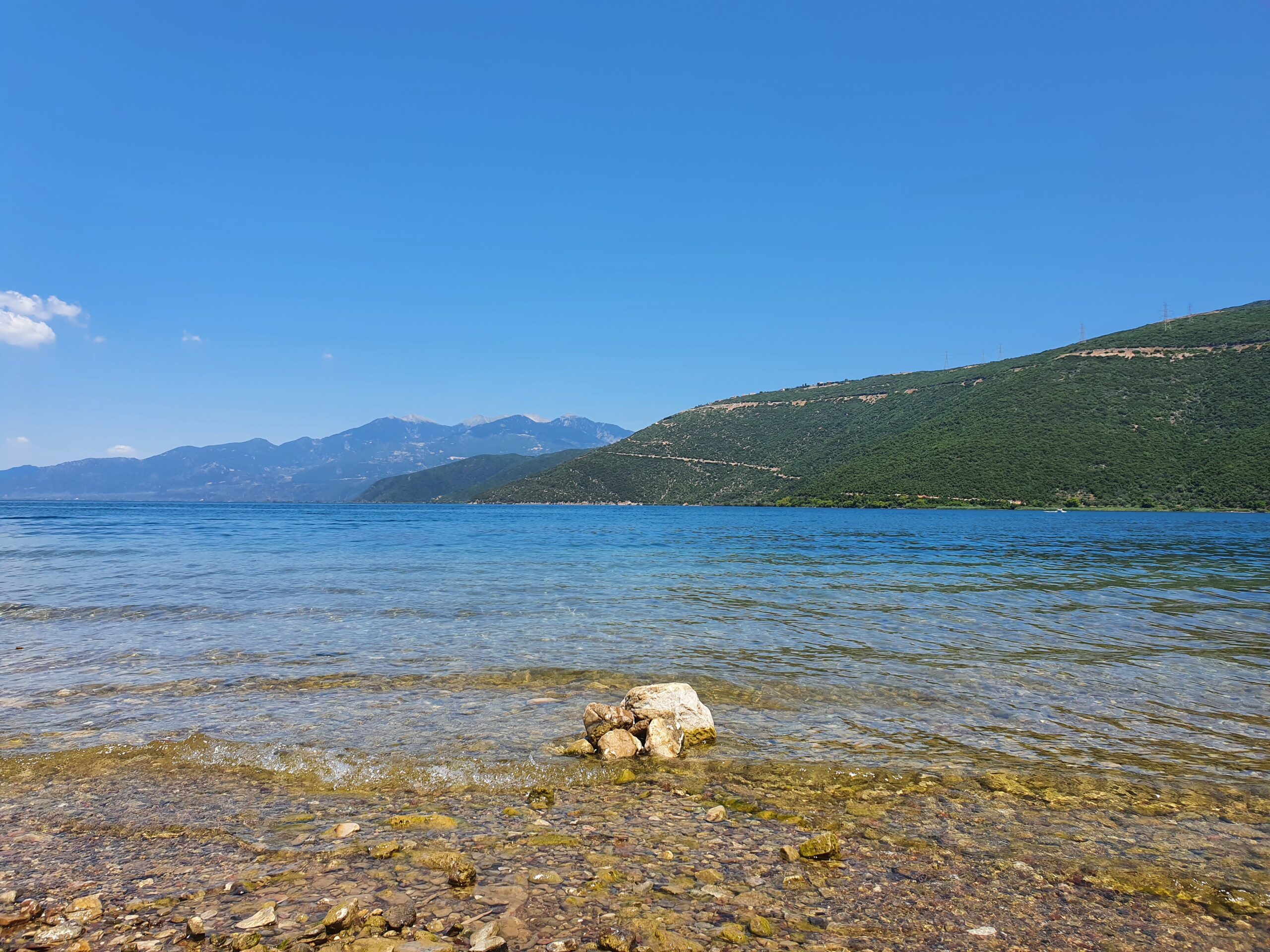
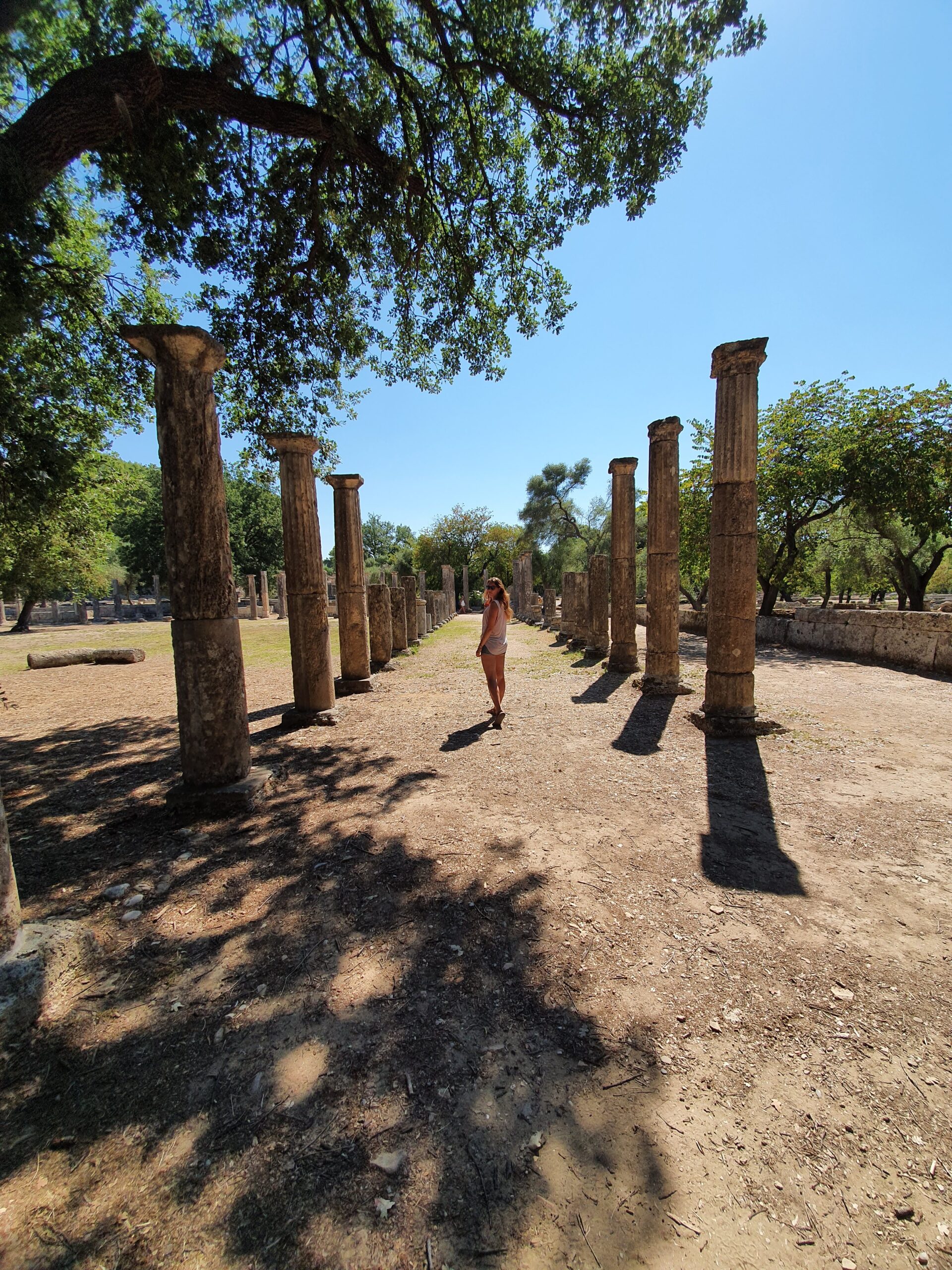
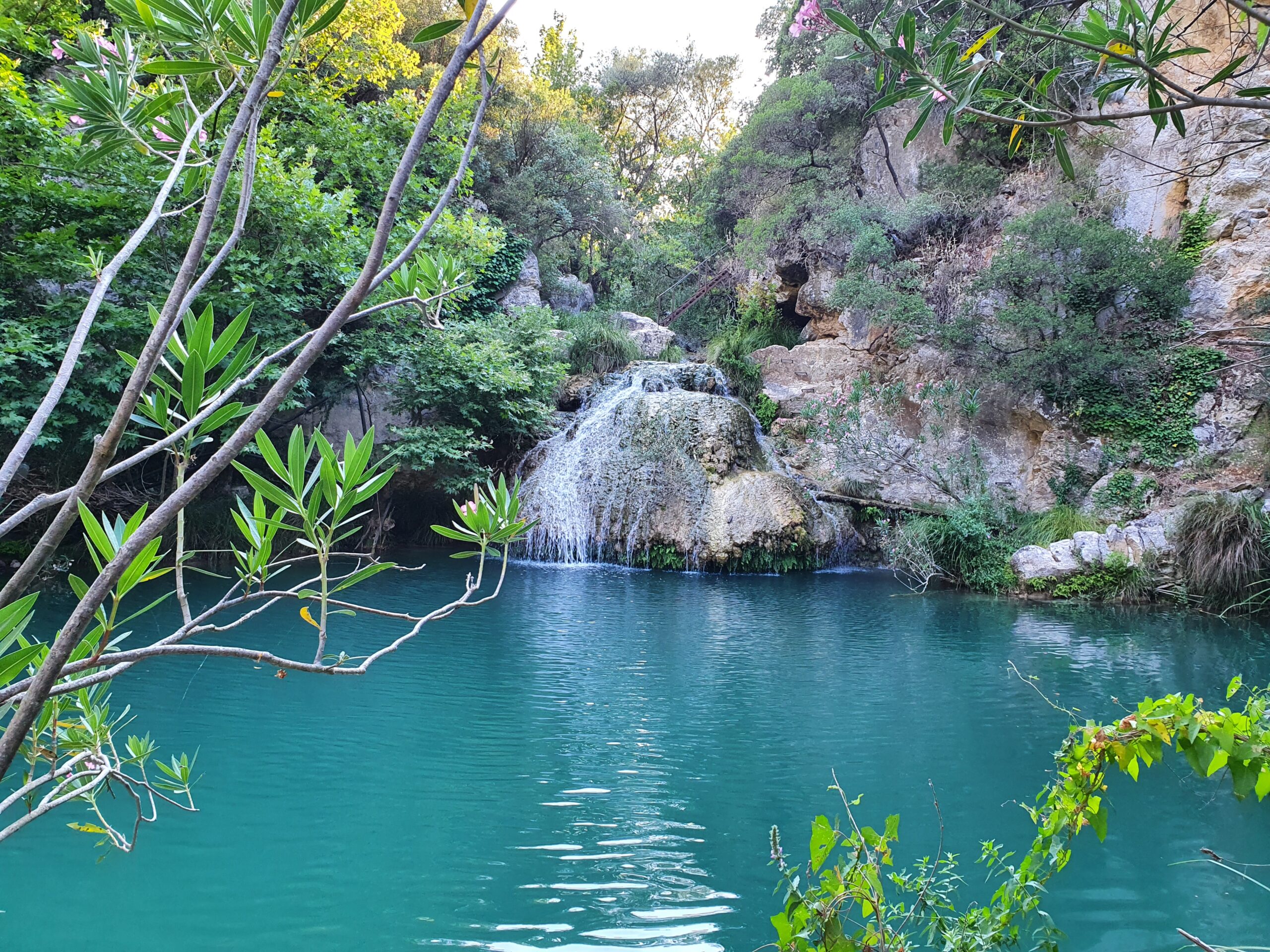
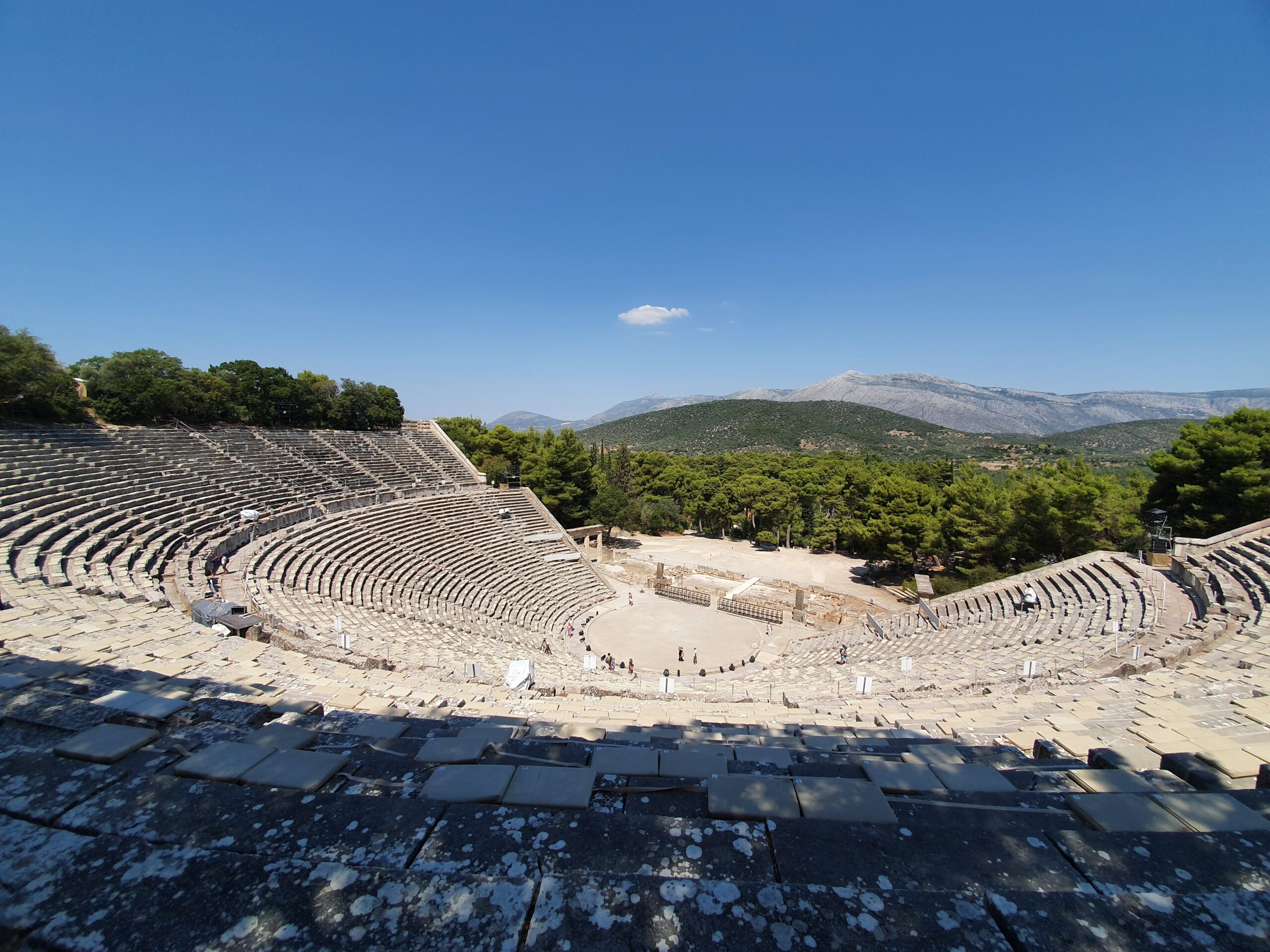
Day 1
Summary: Once you arrive, spend some time seeing the Acropolis and its monuments, taking in the sights and sounds of the city on your way, and exploring other archaeological sites in Athens.
Sights and activities:
Acropolis of Athens
The current Acropolis is the consequence of hundreds of years of building and destroying. The majority of the constructions date back to the 5th century BCE, although others, including a temple from the Roman era that was built by Augustus and a massive stairway constructed by Claudius, were added later. During the time that the Ottoman Empire was in control, little homes were also constructed in the area around the Acropolis.
You will get the best experience if you decide to walk there through Athens, in fact, if you have only one day in Athens, by walking, you will find other Archaeological sites on your way. Considering how much time you have, you can explore other sites too.

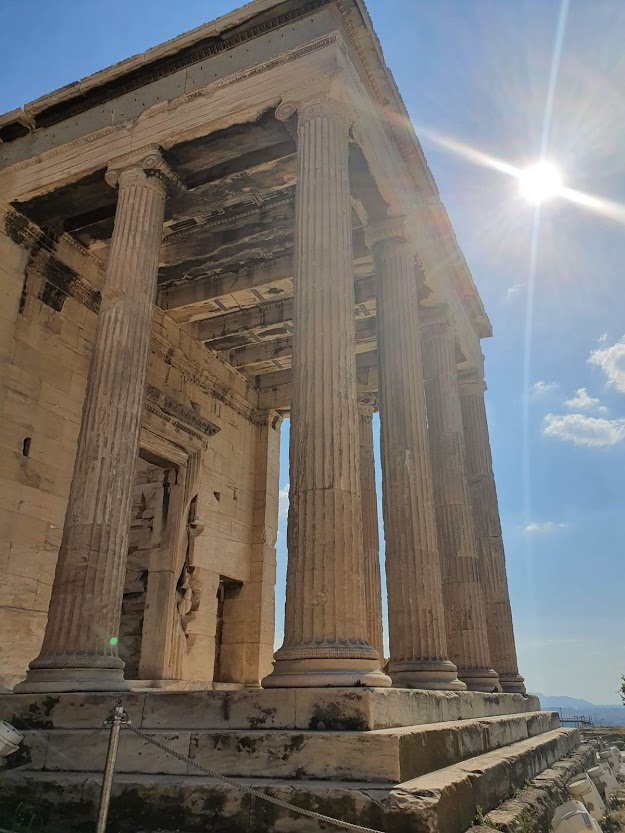
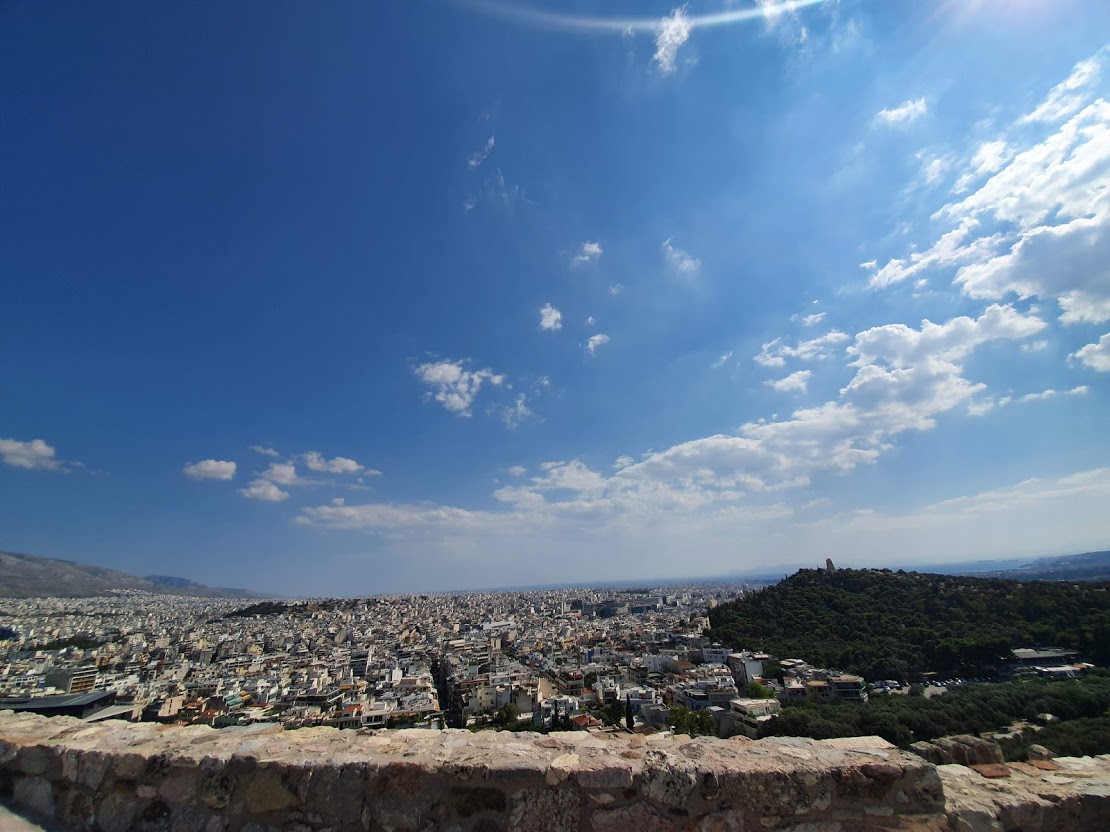
Day 2
Summary: Stop via Arachova for breathtaking views of the surrounding area on your route to Delphi, spend some time seeing the ruins at Delphi (don’t miss the stadium!), cool off with a swim at Agios Vasileios Beach, and watch the sunset as you make your way forward.
Sights and activities:
Arachova views and village
In the southern Greek region of Viotia, at the base of Mount Parnassos, is the charming mountain village of Arachova. As Greece’s most cosmopolitan winter resort, it attracts everyone from die-hard skiers and A-listers to those who simply want to unwind in a picturesque alpine environment with all the comforts of home. The most compelling reasons for this are its proximity to Athens and its stunning mountain scenery, as well as its ultra-modern ski resort. Arachova is a favourite mountain resort of Athenians and is well-known for its lively nightlife in addition to its mountain activities. It’s situated 35 kilometres west of Livadeia.

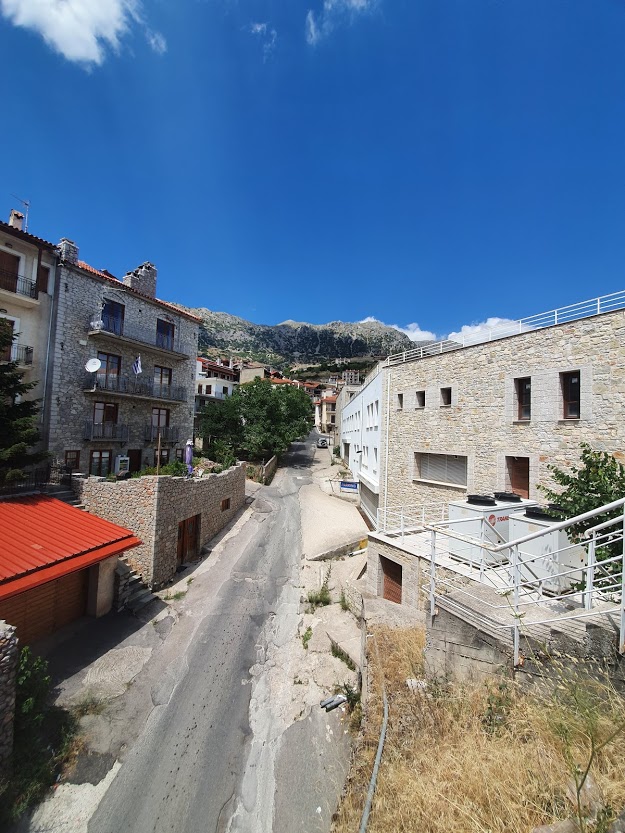
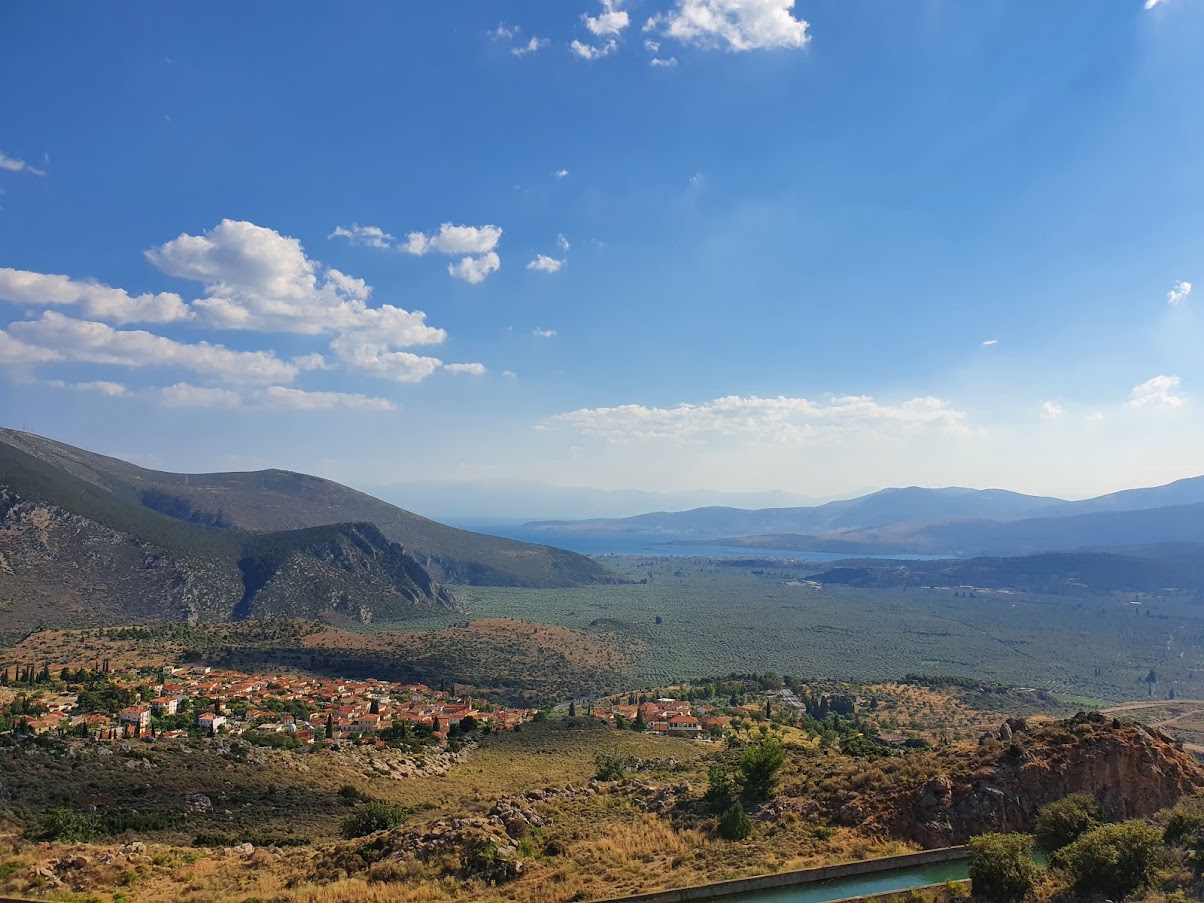
Delphi Archaeological Site
Delphi is considered the centre of the world. To honour the legend that Apollo appeared to the locals as a dolphin, the name “Delphi” was derived from the Greek word for dolphin. The Greek city of Delphi can be found in the province of Phocis. As the home of Pythia, the high priestess of Apollo, it has gained notoriety. The old name for Delphi was Pytho. Its proximity to the Gulf of Corinth is convenient. It was the city from which ancient humanity received prophecies and other forms of direction. It’s recommended to go up to the stadium too because the views are great.
The Stadium of Delphi lies on the highest spot of the Archaeological Site of Delphi. It overlooks the sanctuary of Apollo and has a view of the Delphic landscape. It was built either within the second half of the 4th century B.C. or even after the Galatian attacks. It measured 178 meters in length. The Stadium of Delphi is the best-preserved ancient stadium in Greece.

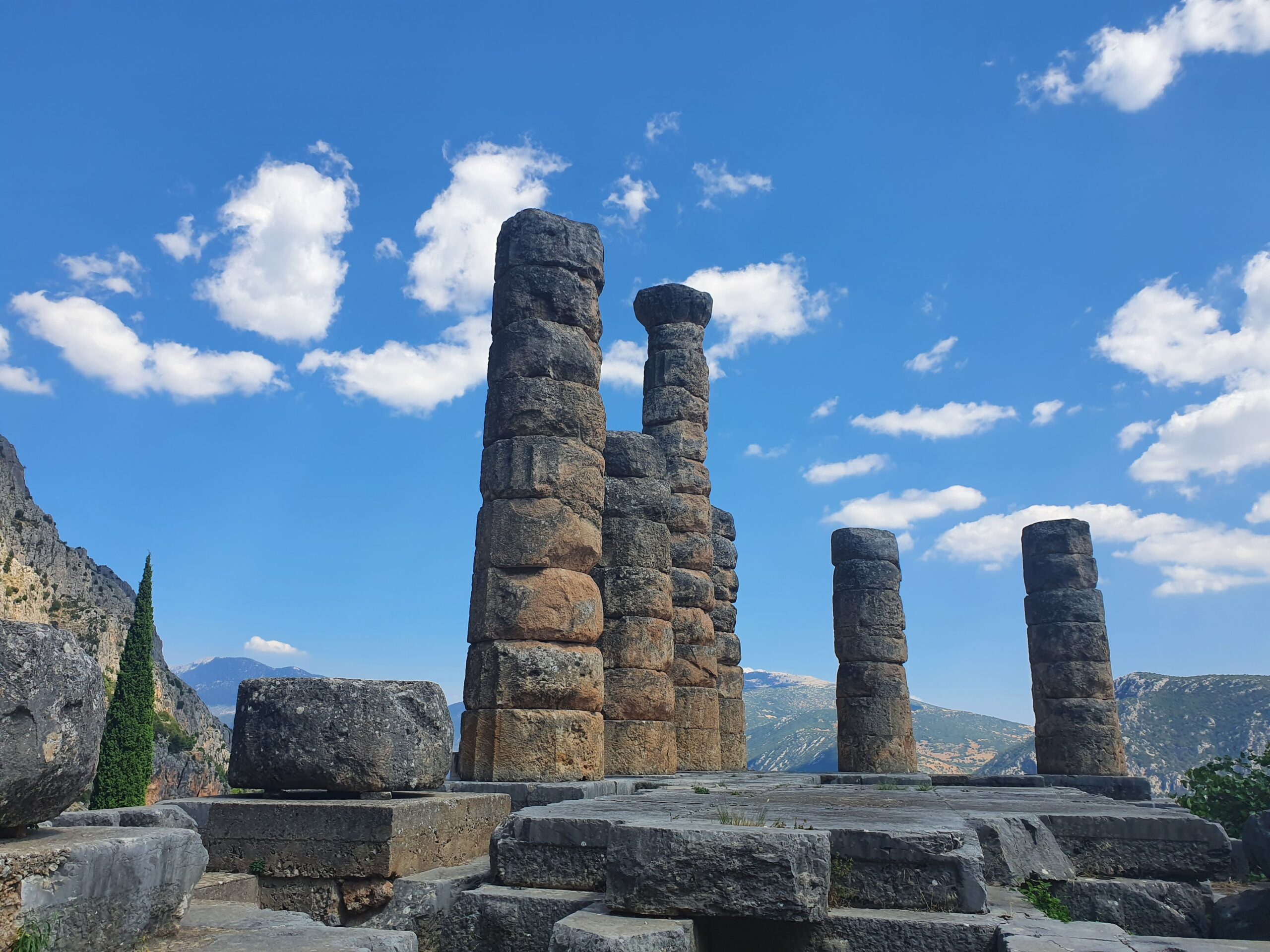
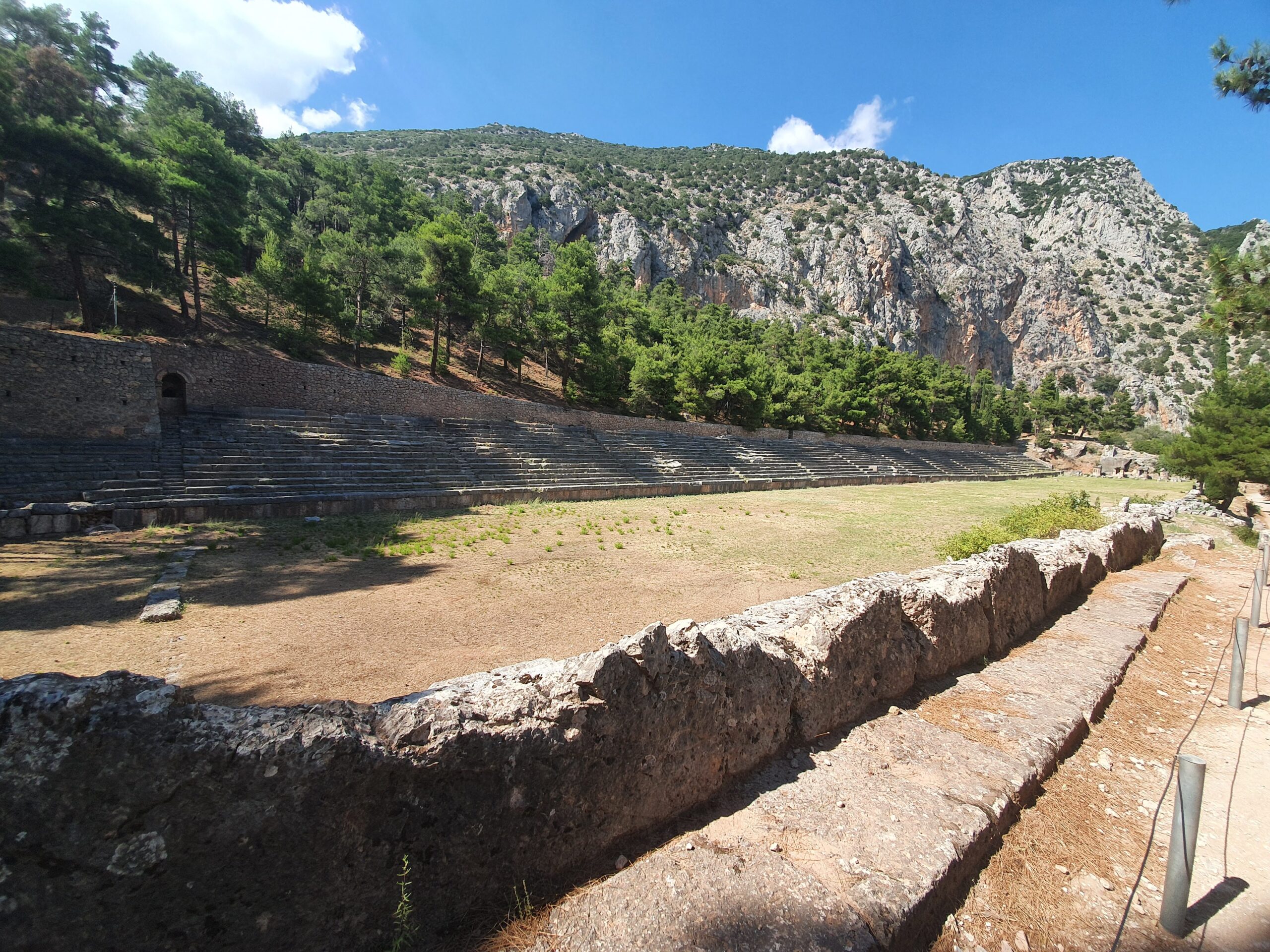
Agios Vasileios Beach
Beautiful scenery, tranquil waves, and a lack of crowds make this beach ideal for setting up camp for a few days, too. This beautiful beach is surrounded by pine trees and lush vegetation. There’s a lovely beach bar too. You can even park on the beach for a longer stay.
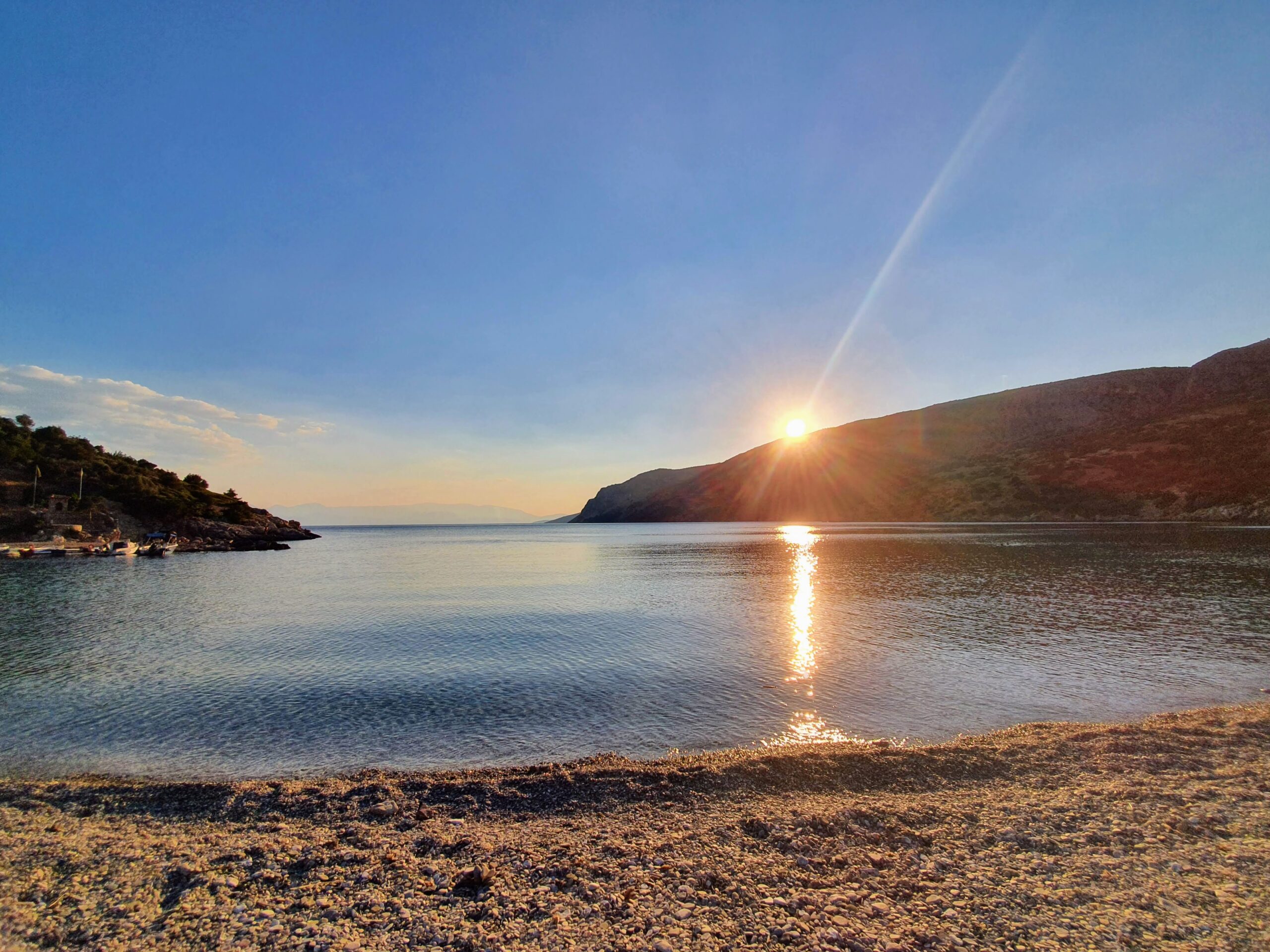
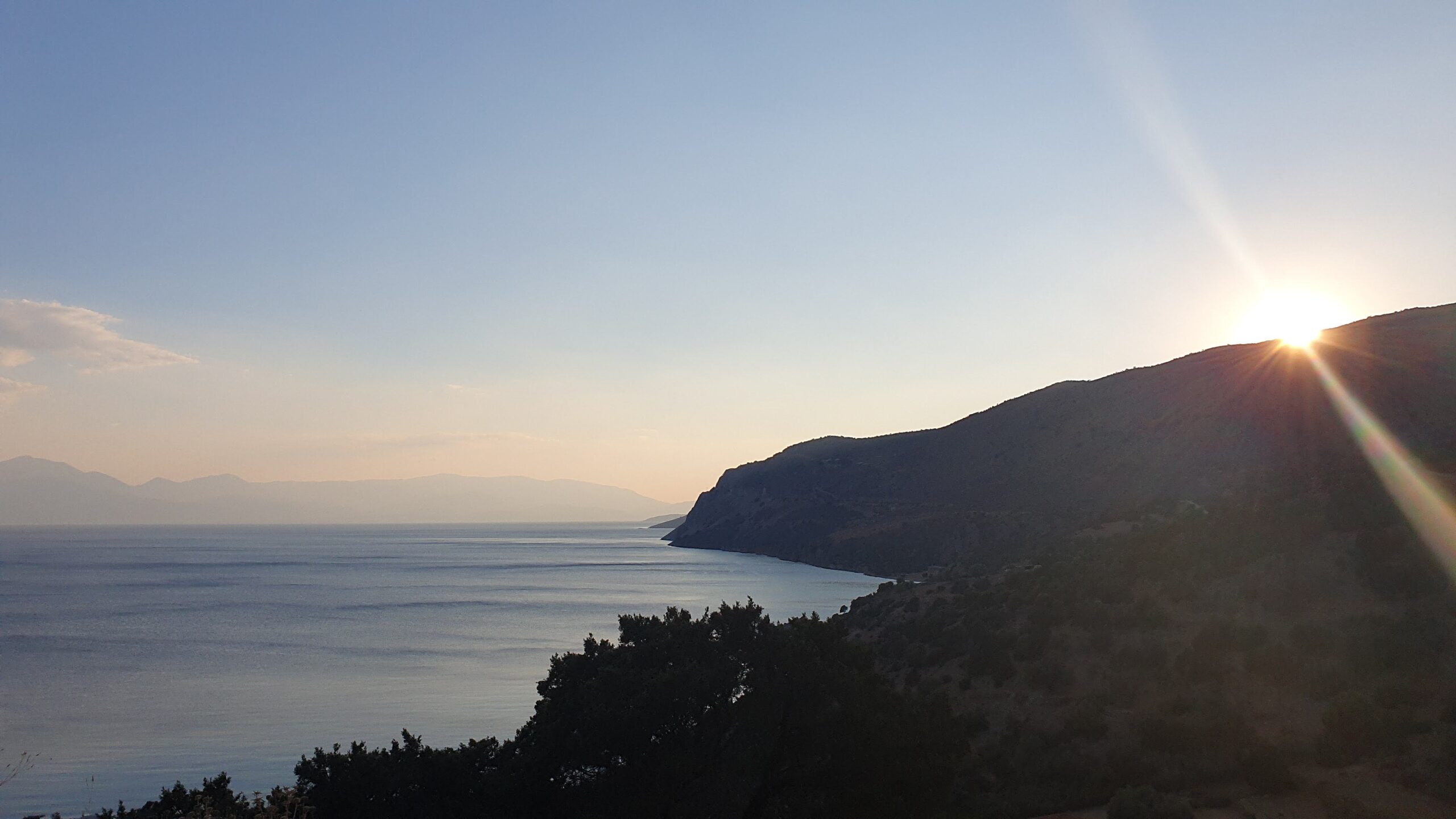
Day 3
Summary: Travel to Lake Trichonida on your trip to Olympia, but be careful of the roads. Today is a day off from archaeological sites – Spend a day swimming, relaxing, and admiring the scenery. You will cross the spectacular Rion Antirion bridge before exploring the small streets of Olympia.
Sights and activities:
Lake Trichonida
Lake Trichonida is Greece’s largest natural lake. It is located in the central Greek region of Aetolia-Acarnania, southeast of Agrinio and northwest of Nafpaktos. Beautiful woodlands with maples, pines, and other trees surround the lake. More than 200 bird species can be found in the lake and its surroundings. It’s also an excellent camping location for a longer stay.

Olympia town
Small, picturesque streets abound in this picturesque town. It’s home to an important archaeological site in the Greek region of Elis on the Peloponnese peninsula.
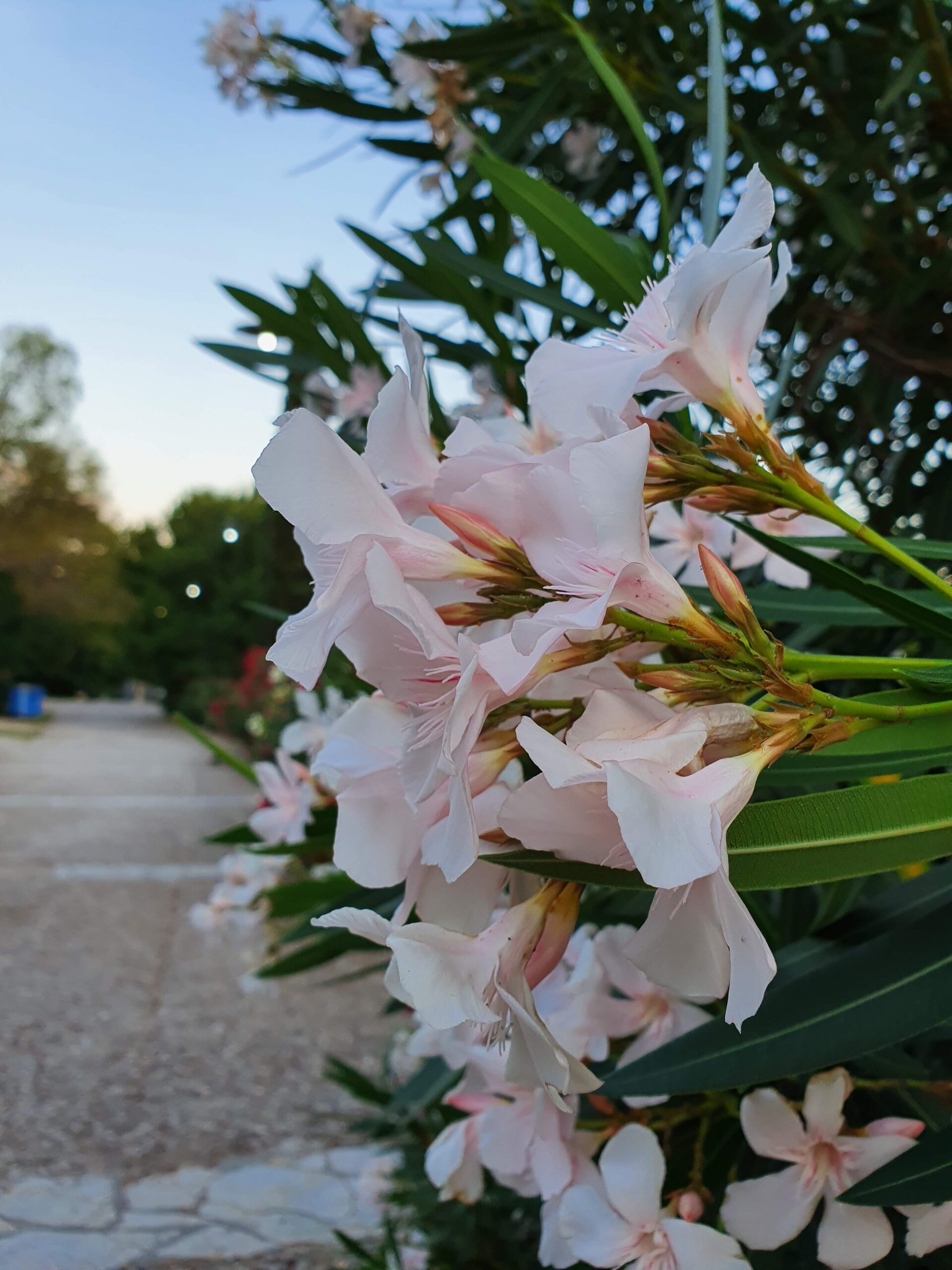
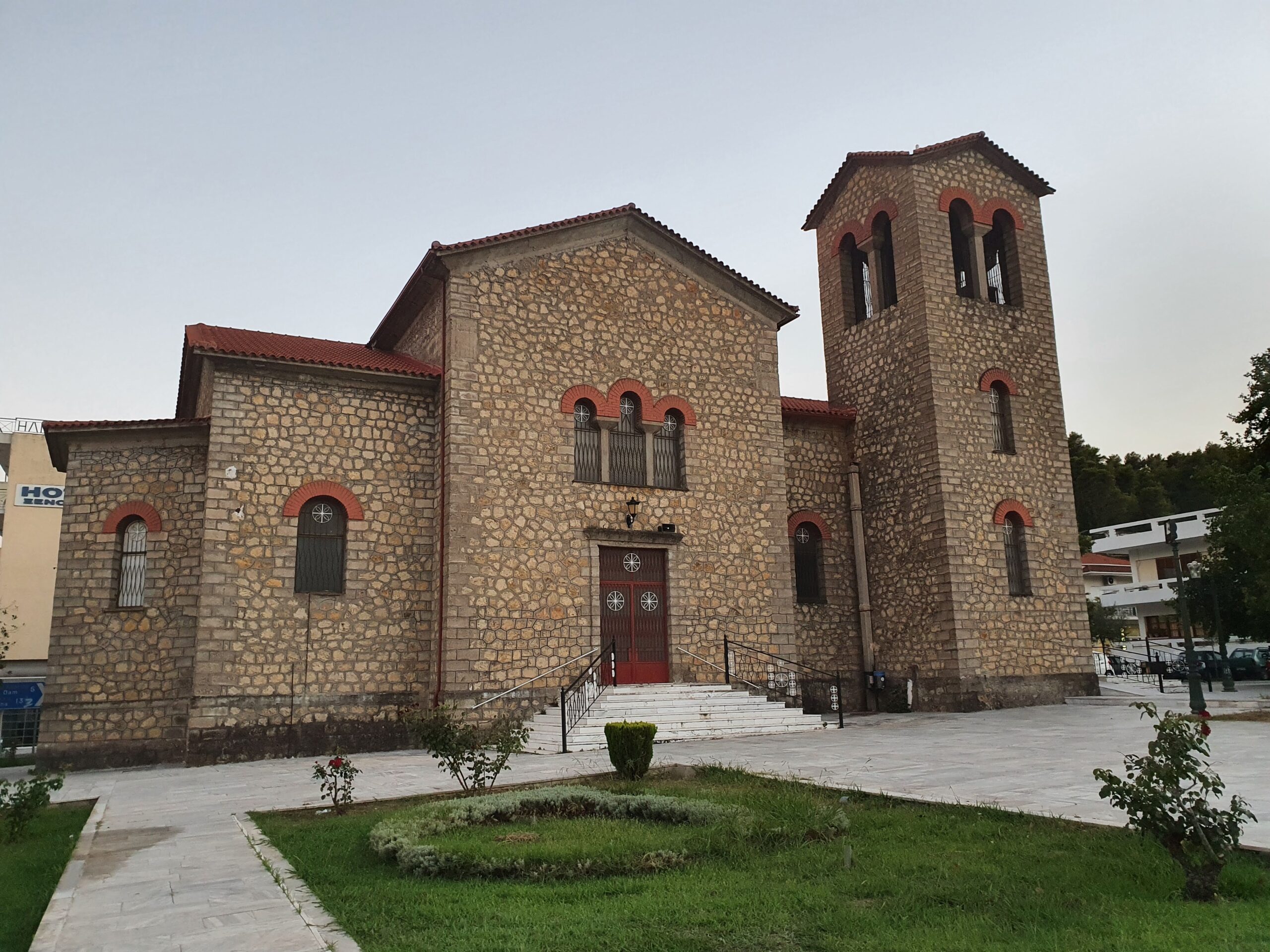
Day 4
Summary: Spend the morning exploring Olympia’s museums and archaeological sites. Adventures, stunning scenery, and fun activities fill the day as you dive into the sea and then head off to cool down in the streams.
Sights and activities:
Olympia Archaeological Site and Museums
Olympia, a ruined ancient sanctuary, home of the ancient Olympic Games, and the former site of the massive Statue of Zeus, which had been ranked as one of the Seven Wonders of the World. The Olympia archaeological site is of exceptional cultural significance, and it is located in a beautiful area of the countryside with low, wooded hills interspersed with agriculture. Since 1989, it has been recognised as a World Heritage Site by UNESCO.

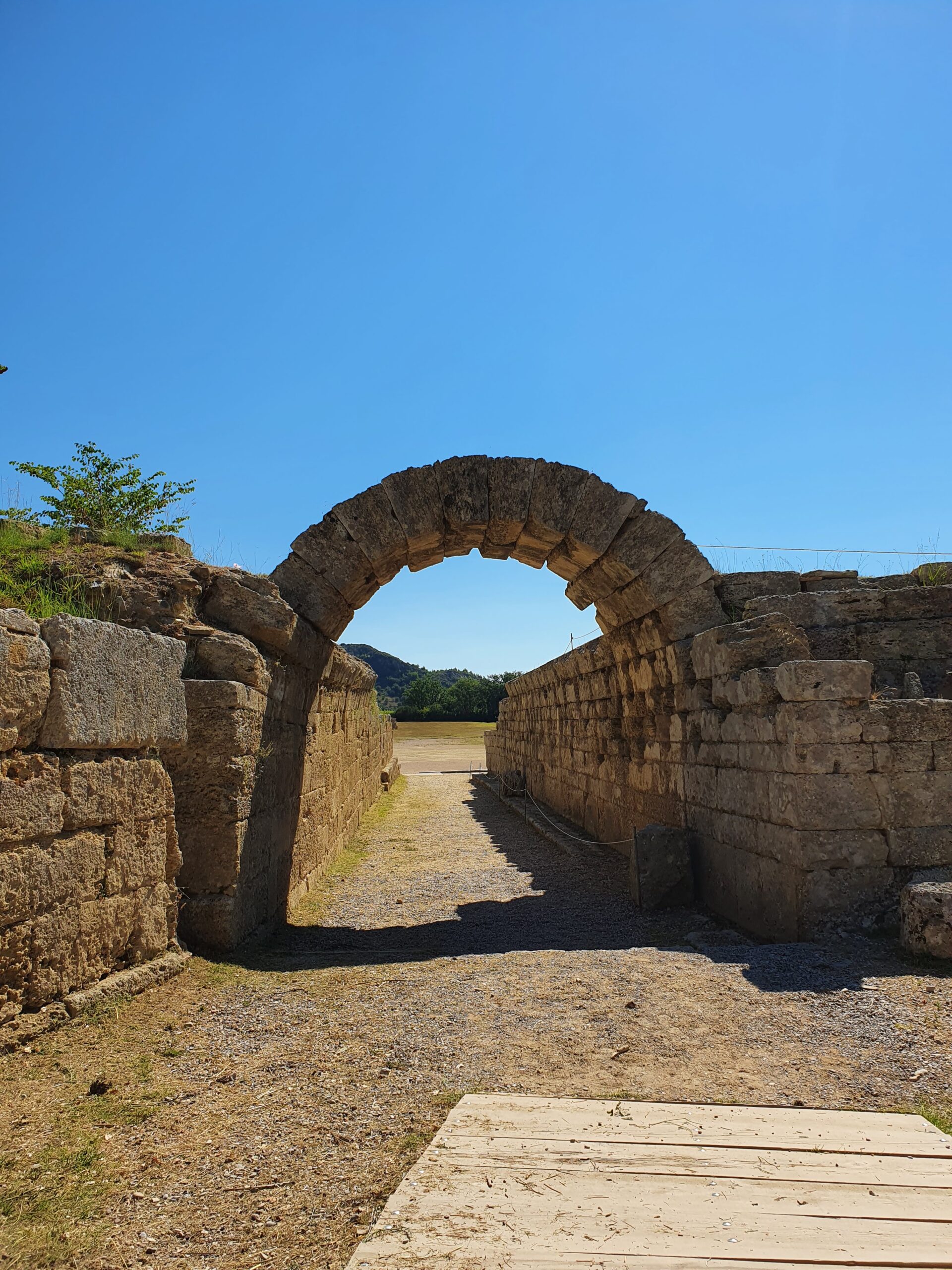
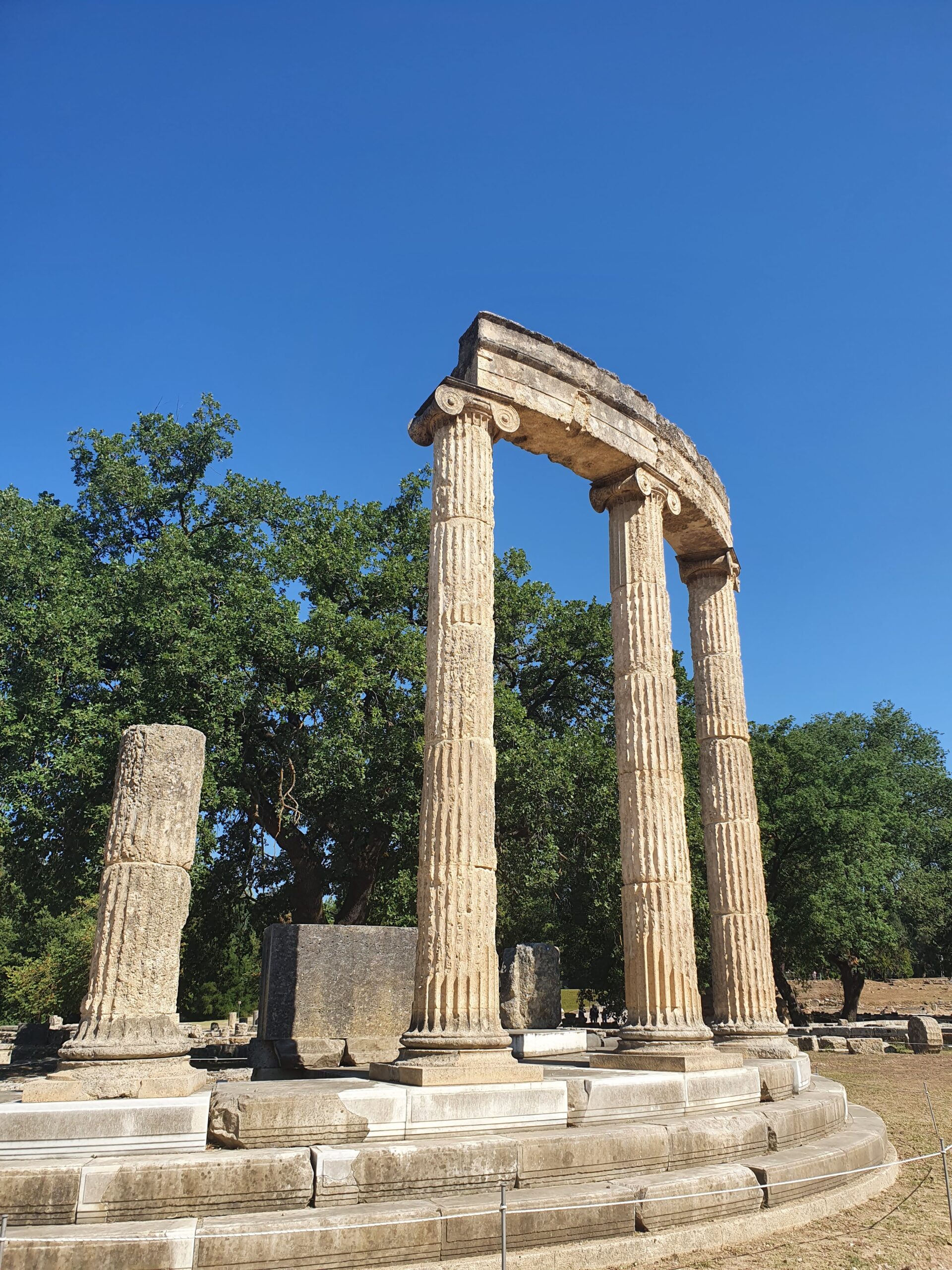
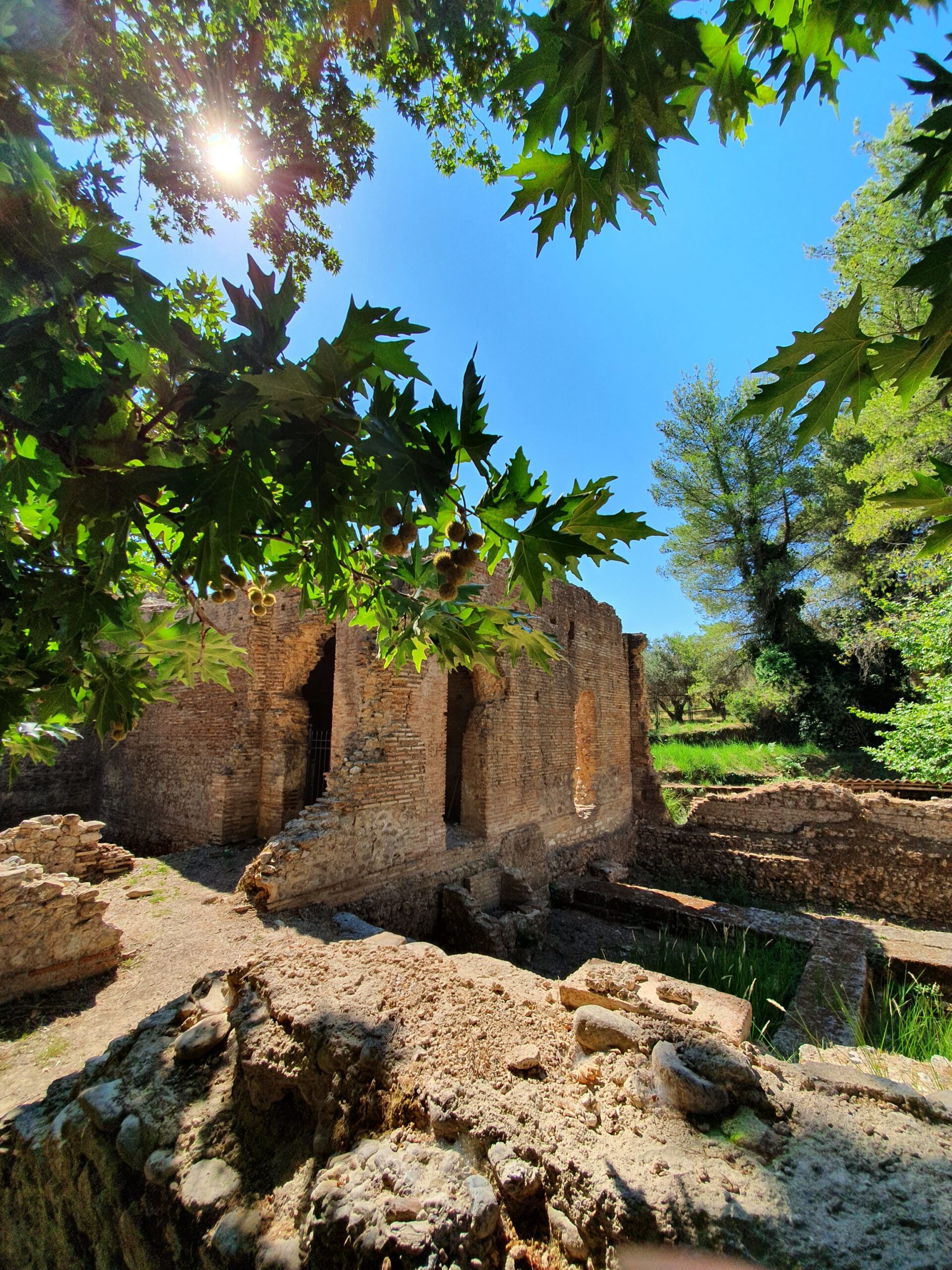
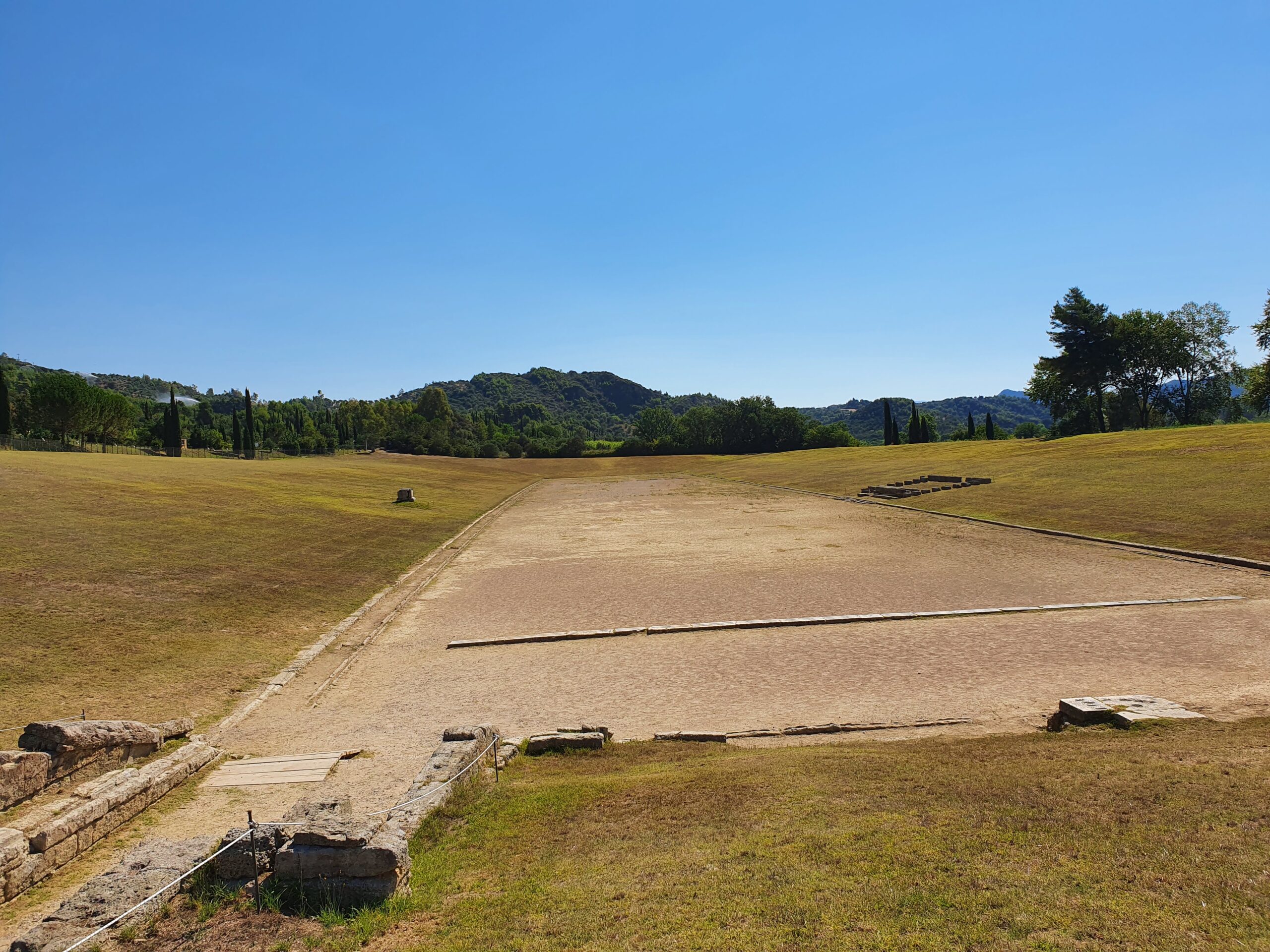
Paralia Voidokilias
Certainly, the most extraordinary beach in all of Greece. The lagoon’s beautiful water, the beach’s unique shape, and the surrounding mountains and rocks are all features that can’t be found anywhere else on the globe. The entire area is accessible by car, and parking is available on a dirt lot just 100 meters from the shore. Each dune is 750 meters in length and up to 20 meters in width. The incline can be rather sharp in a few spots. Because of the general shallowness of the harbour, the starting location for a swim is only about 50 meters away. Without hotels, restaurants, or other tourist trappings, this beach is ideal for anyone in search of a serene beach vacation. But it may be very crowded in the midst of the day, so don’t be surprised to see all these people here; just enjoy the place and scenery.
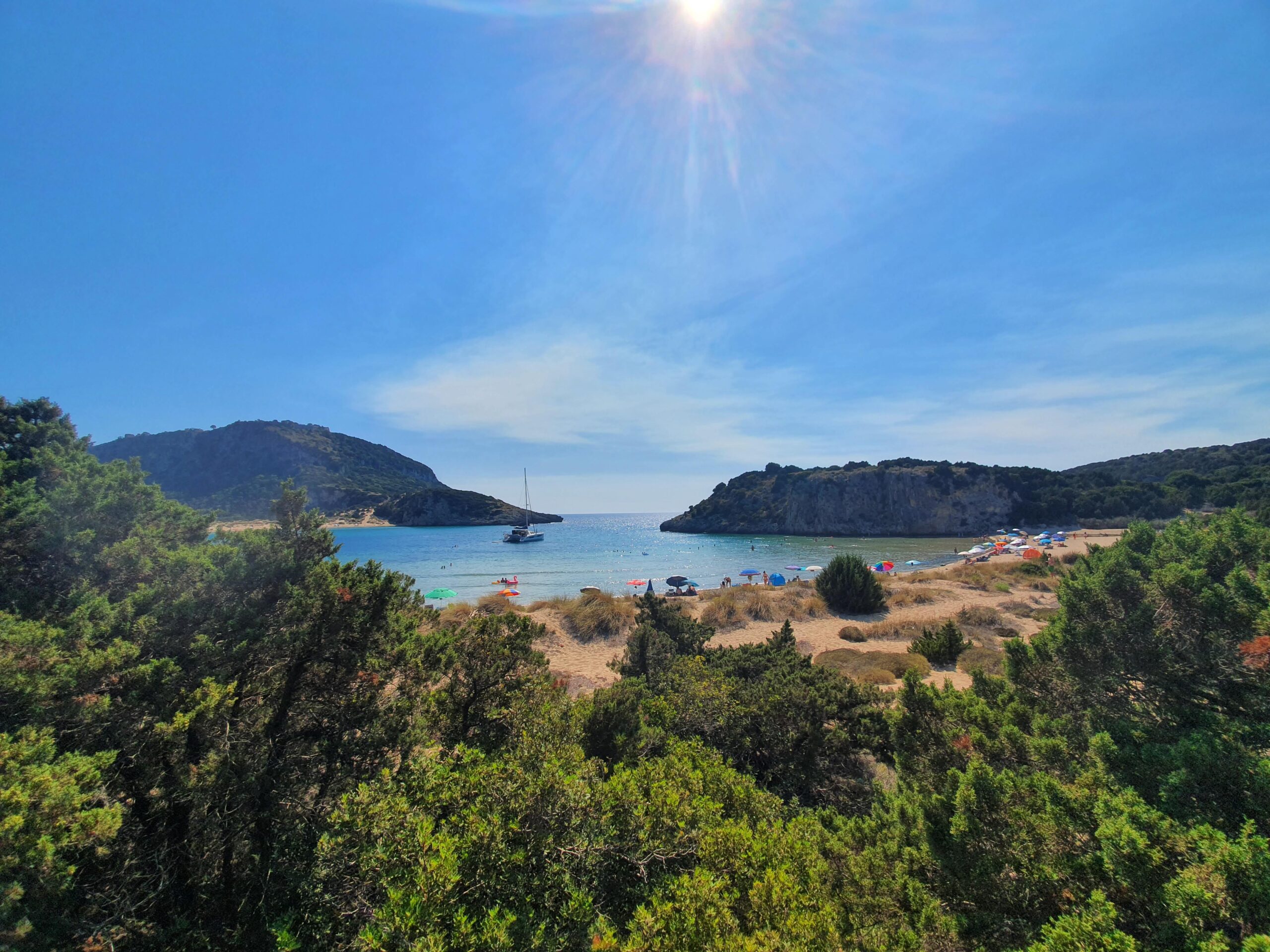
Polilimnio Waterfalls
The Polilimnio waterfalls are located in the Polylimnio Gorge in the region of Messene, in the Peloponnese. In Greek, polilimnio translates to many lakes, and that’s what you’ll discover.
There are 15 little “hidden” lakes filled with fresh water with different and strange names, such as Mavrolimna, Kadi, Kadoula (which was named after its heart-like shape), Lucky’s, Italian’s, Panagos’s, and Stathoula’s.
Anybody who has trouble walking would find the path up the gorge to be quite arduous, although it is not very long. The trail is still quite rough, but some metal hoops have been installed in the rocks to aid you in getting over the larger ones.
A moderately challenging 3-kilometre hike through small canyons, lush foliage, and beautiful waterfalls will be an adventure you’ll never forget. When the water from the Mesopotamos River runs through the canyon and across the Tzane Bridge, it eventually reaches Messinian Bay. The cave where the colourful butterflies live is at the bottom of the canyon.
About 30 kilometres from Kalamata is where you’ll find the area with the waterfalls. Following the road from Kalamata to Pylos, travellers must stop through the villages of Kazarma and Charavgi before arriving in Polilimnio. The trailhead for the hike to Polilimnio is not far from Charavgi. If you plan on swimming, you’ll need to bring a swimsuit, sunscreen, a hat, water, and shoes that won’t slip if they get wet.
Polilimnio is often described as a paradise on earth and is one of the hidden gems of Messene.
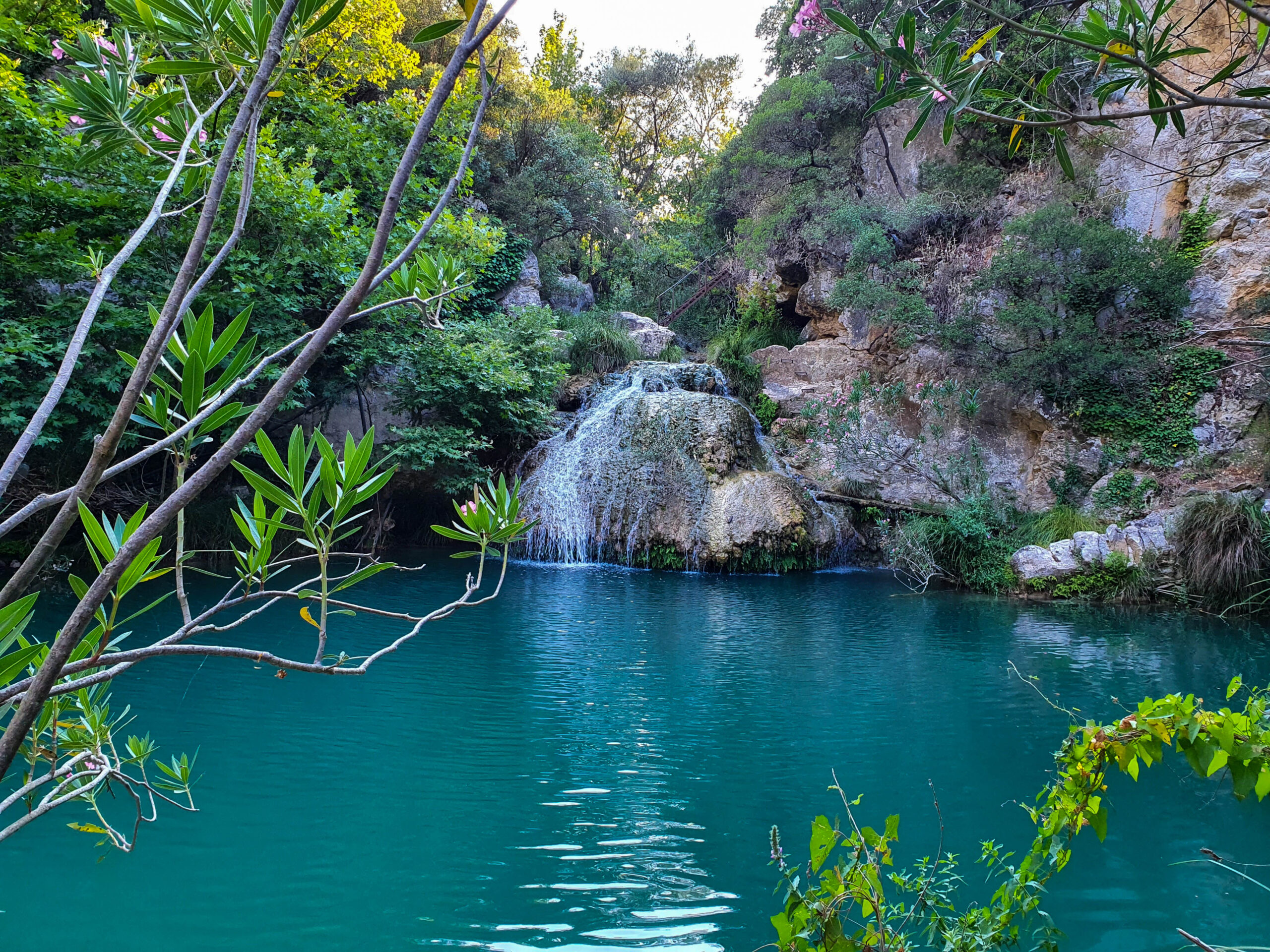
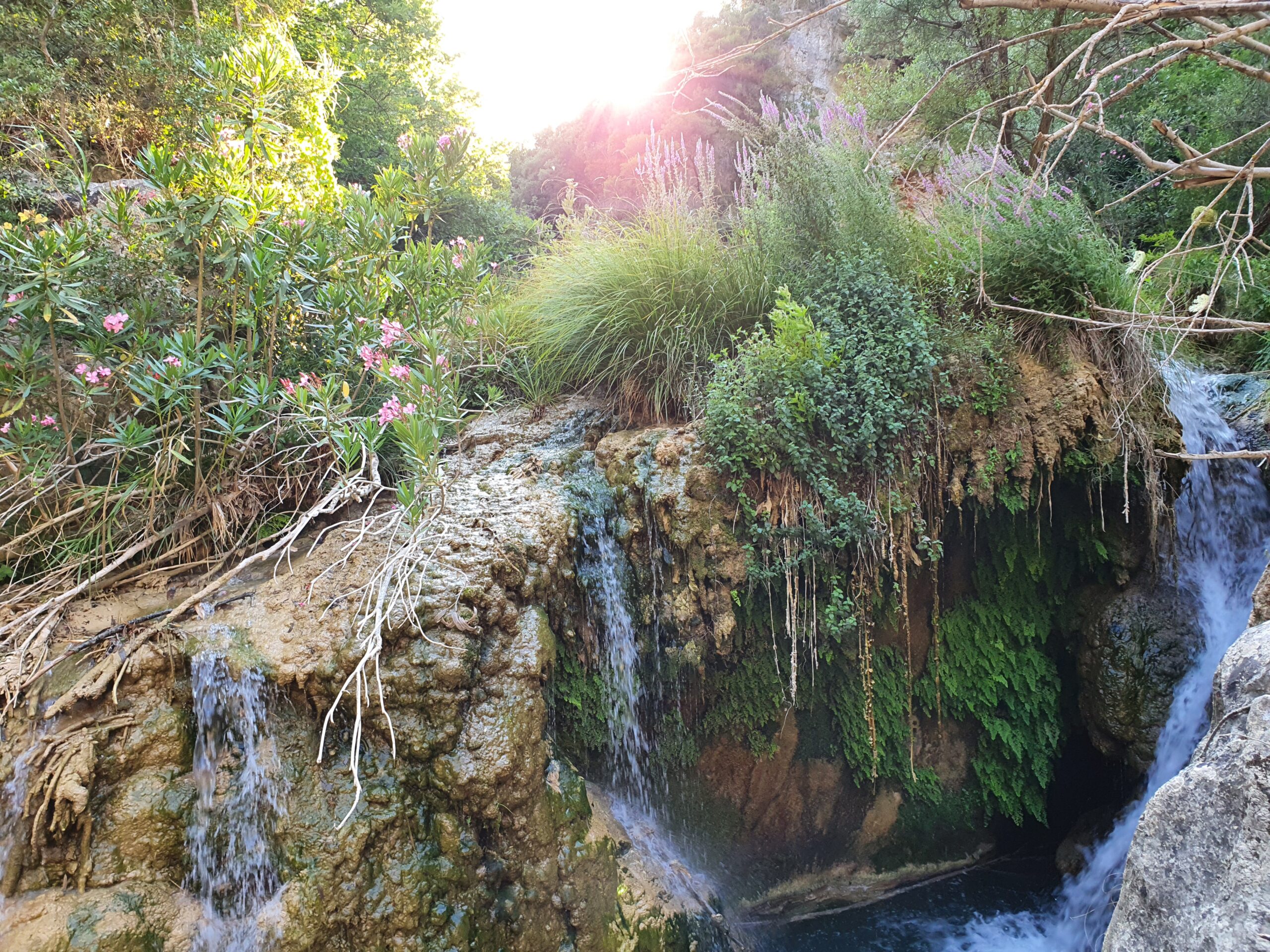
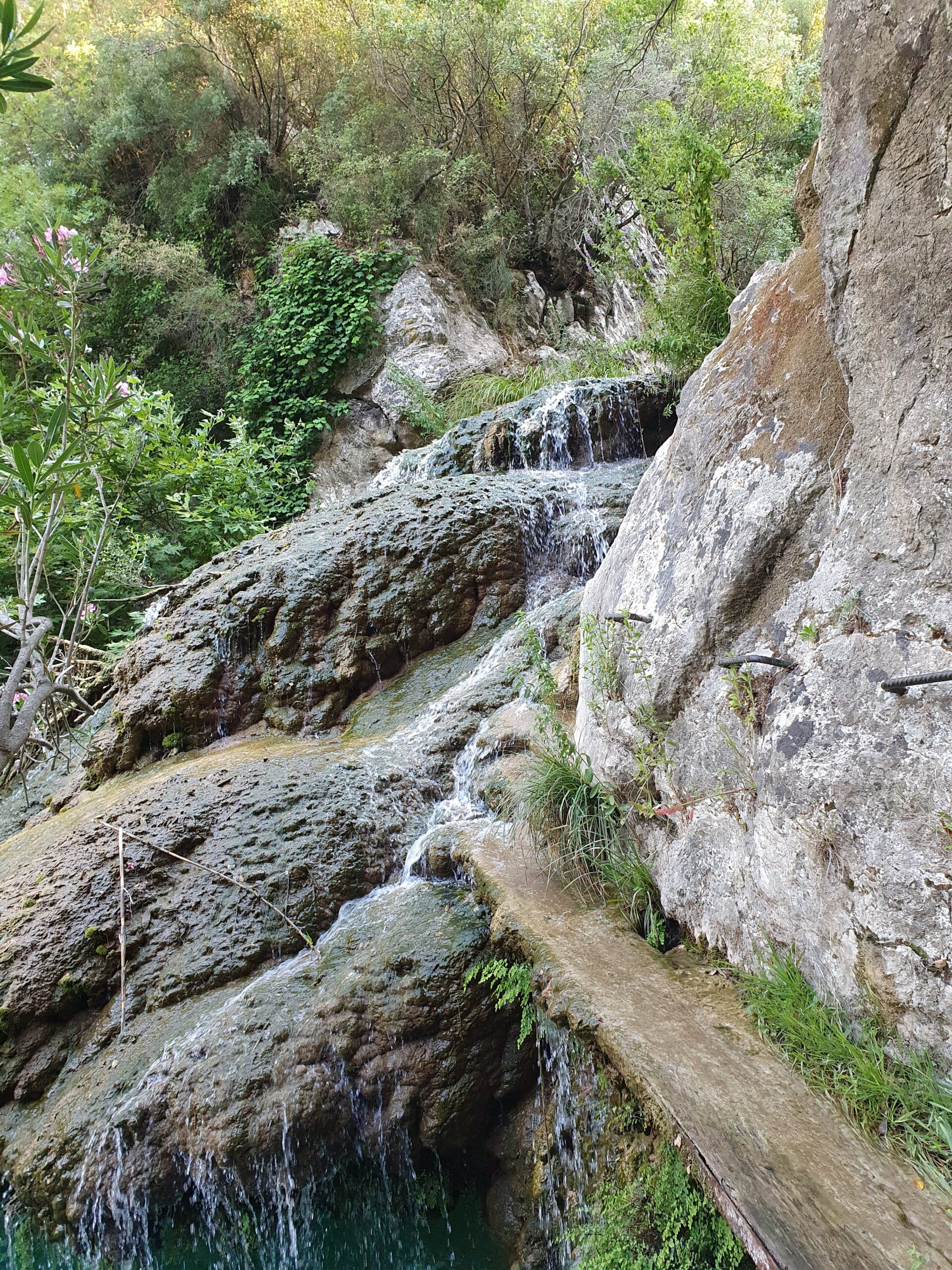
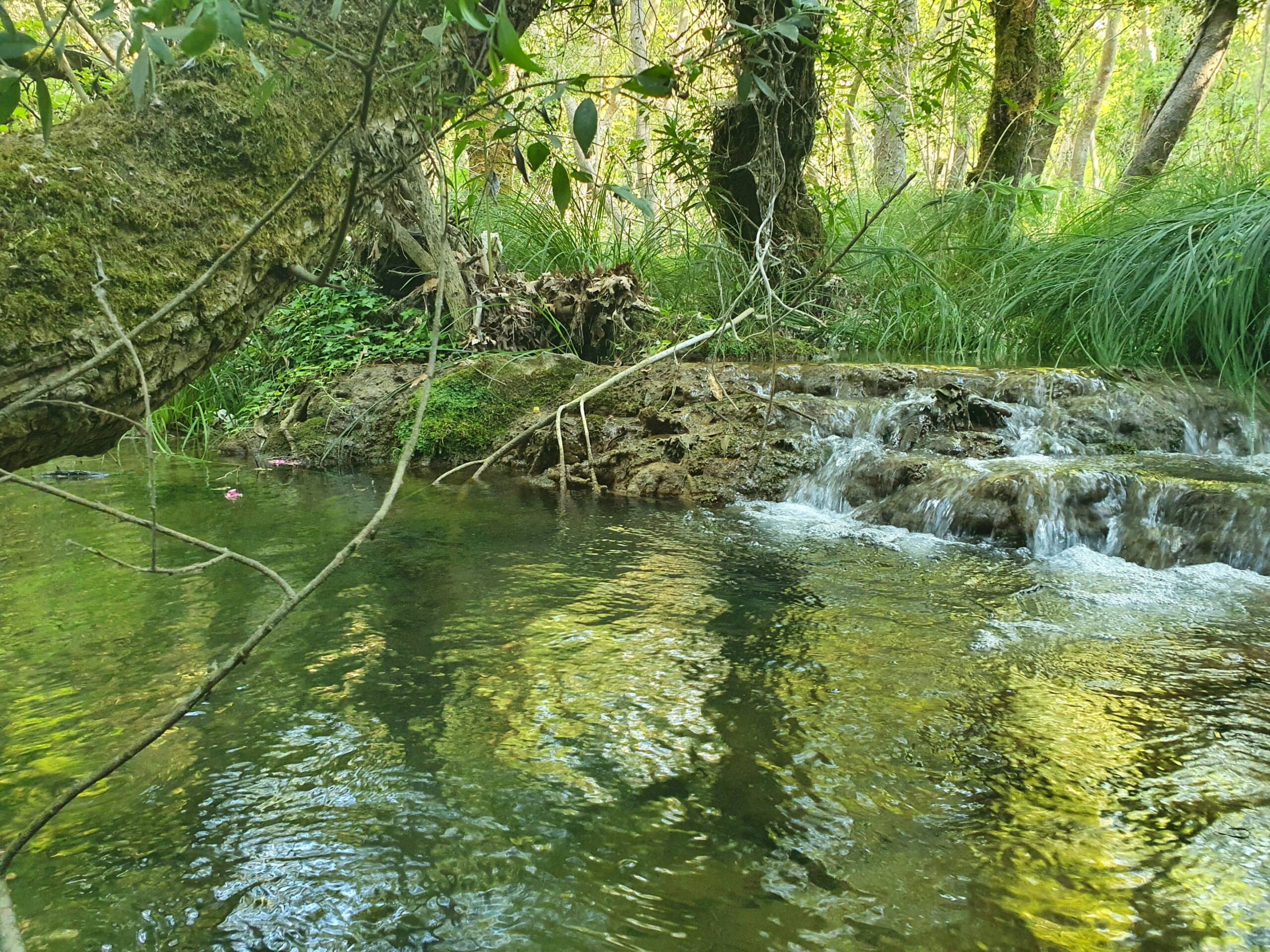
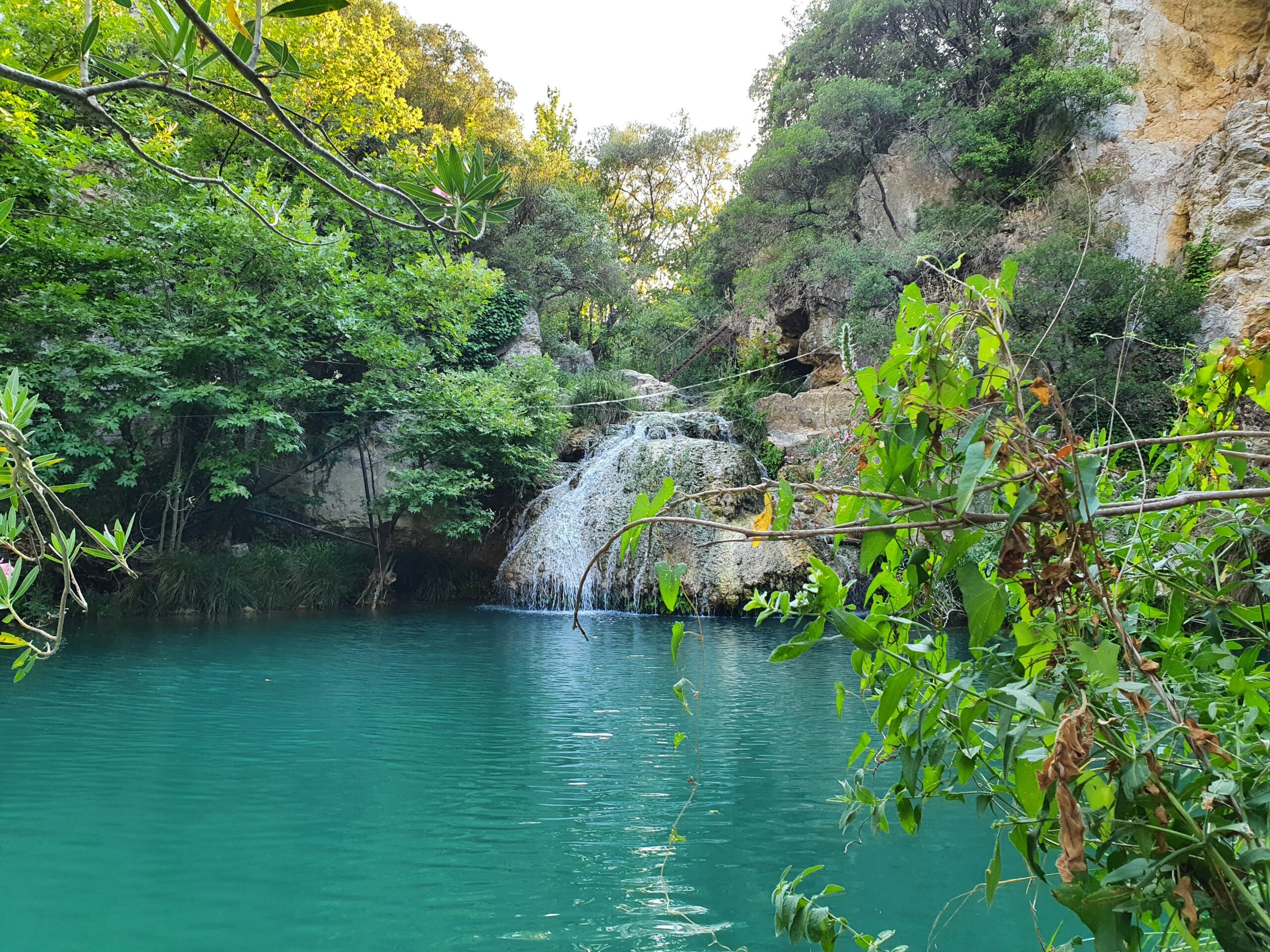
Day 5
Summary: It’s the last day, but there’s something more to see. Go to Epidaurus, and explore the city and the Epidaurus Archaeological site in the morning if you like snorkelling. The Sunken City of Epidaurus is a must.
Sights and activities:
Epidaurus Archaeological Site
Epidaurus, one of Greece’s most significant archaeological monuments, is located on the northeastern edge of the Peloponnese, a mere two-hour drive from Athens. During ancient times, the city thrived thanks to the Asklepieion, a hospital where people came to be cured by Apollo.
The shrine and healing centre at Epidaurus was widely visited in ancient times due to its reputation as the birthplace of Asclepius, the healer, and son of Apollo. People from all over Greece and Asia Minor would travel there in the hopes of being healed by god. Each patient would be assigned to a separate bed in a big sleeping hall (enkimeterio), and god Apollo would visit each patient in their dreams as part of the healing procedure. Every morning, patients would report their dreams to the priests of the sanctuary, who would then analyse them, make sense of them, and determine the best course of therapy.

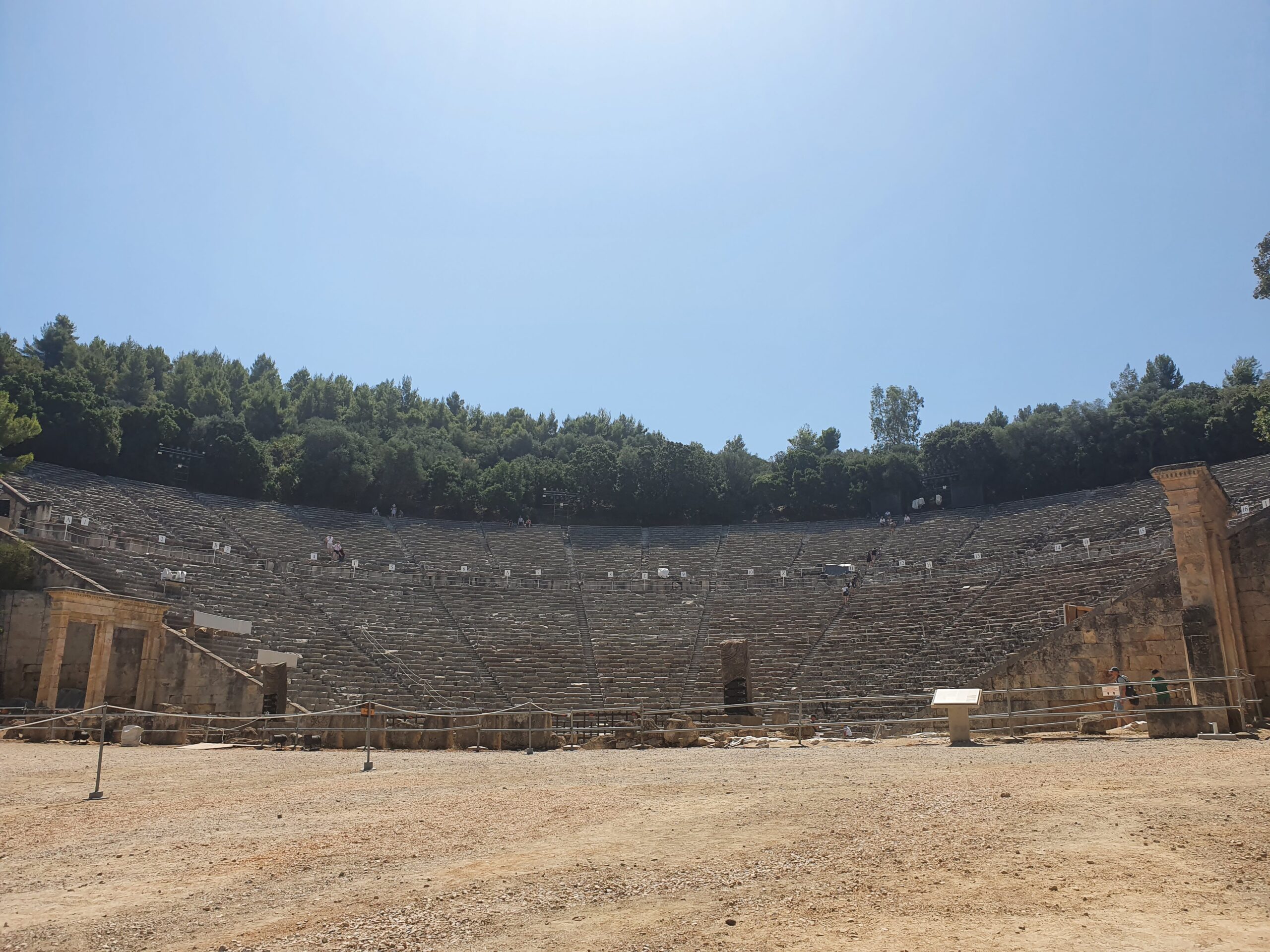
Sunken City of Epidaurus – Kalymnios beach
At a depth of fewer than three meters, you can find the ancient ruins, which visitors can enjoy just with a sea mask and snorkel. Specifically, it is a Roman villa from the 2nd century AD, which was located very close to the Agora, opposite the ancient port and below the Acropolis of ancient Epidaurus.
The waters are so clear that you will be able to see house foundations, potteries, types of structural support, and floor sections.
At first, it can be challenging to find it, but just swim around and you’ll find it…
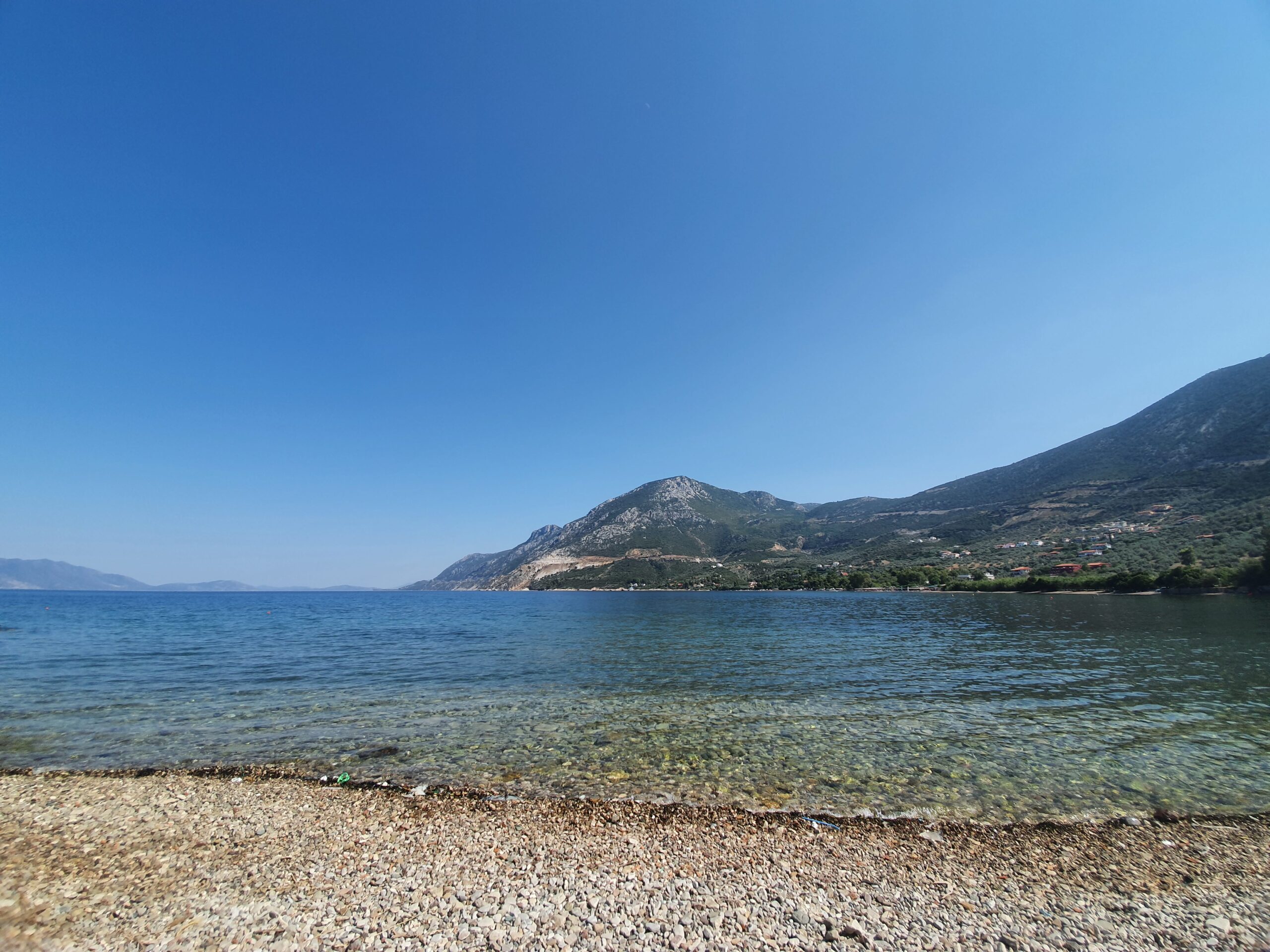
Ideas for your trip to Greece…
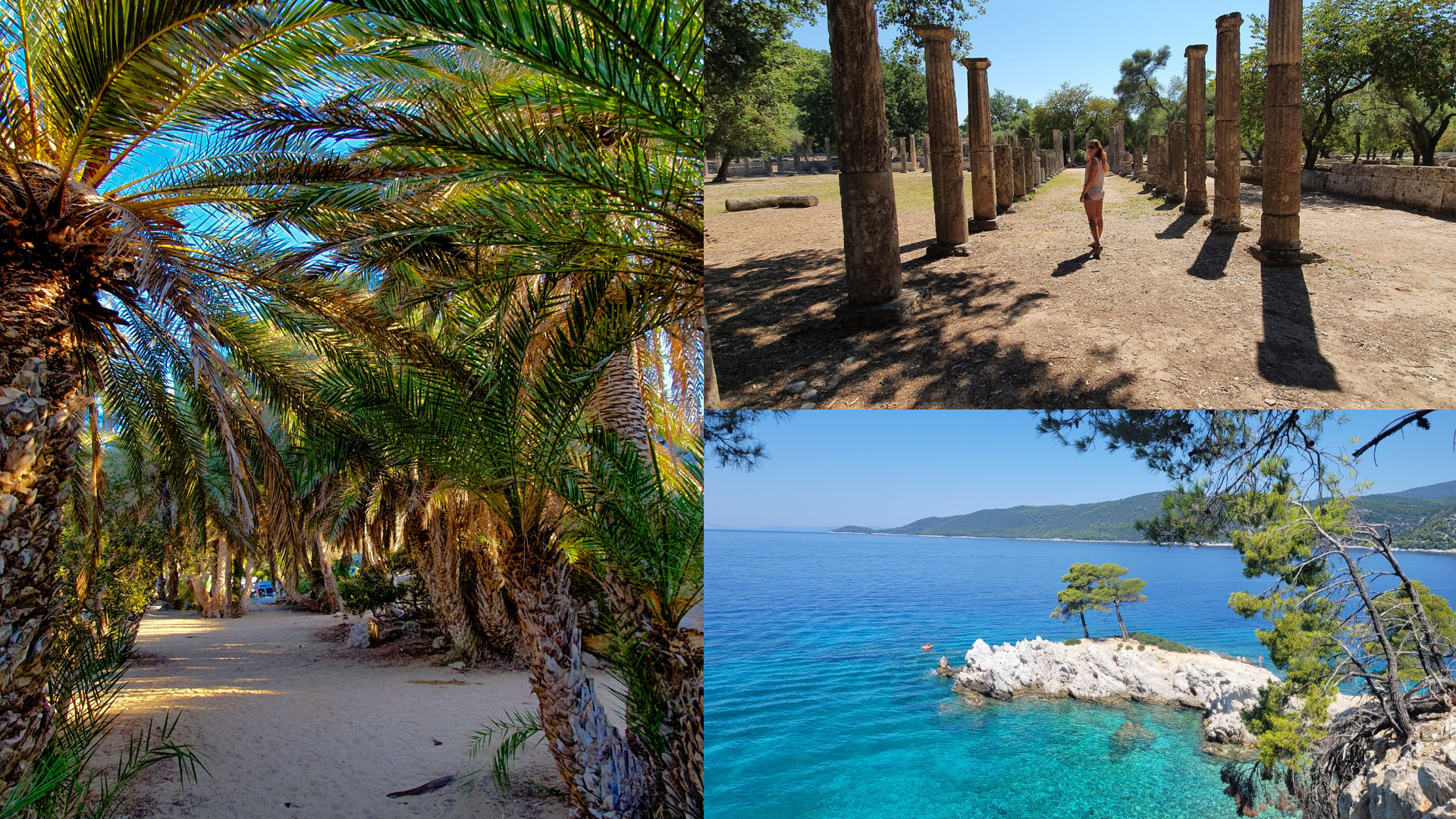
3 Epic Road-trip Ideas in Greece You Will Enjoy
These 3 epic road trip ideas in Greece will guide you through the country’s most captivating sights, from historic sites to breathtaking beaches. Hit the open road and explore Greece like never before. Greece is a fantastic destination for a road trip with plenty of places to explore by car or van.
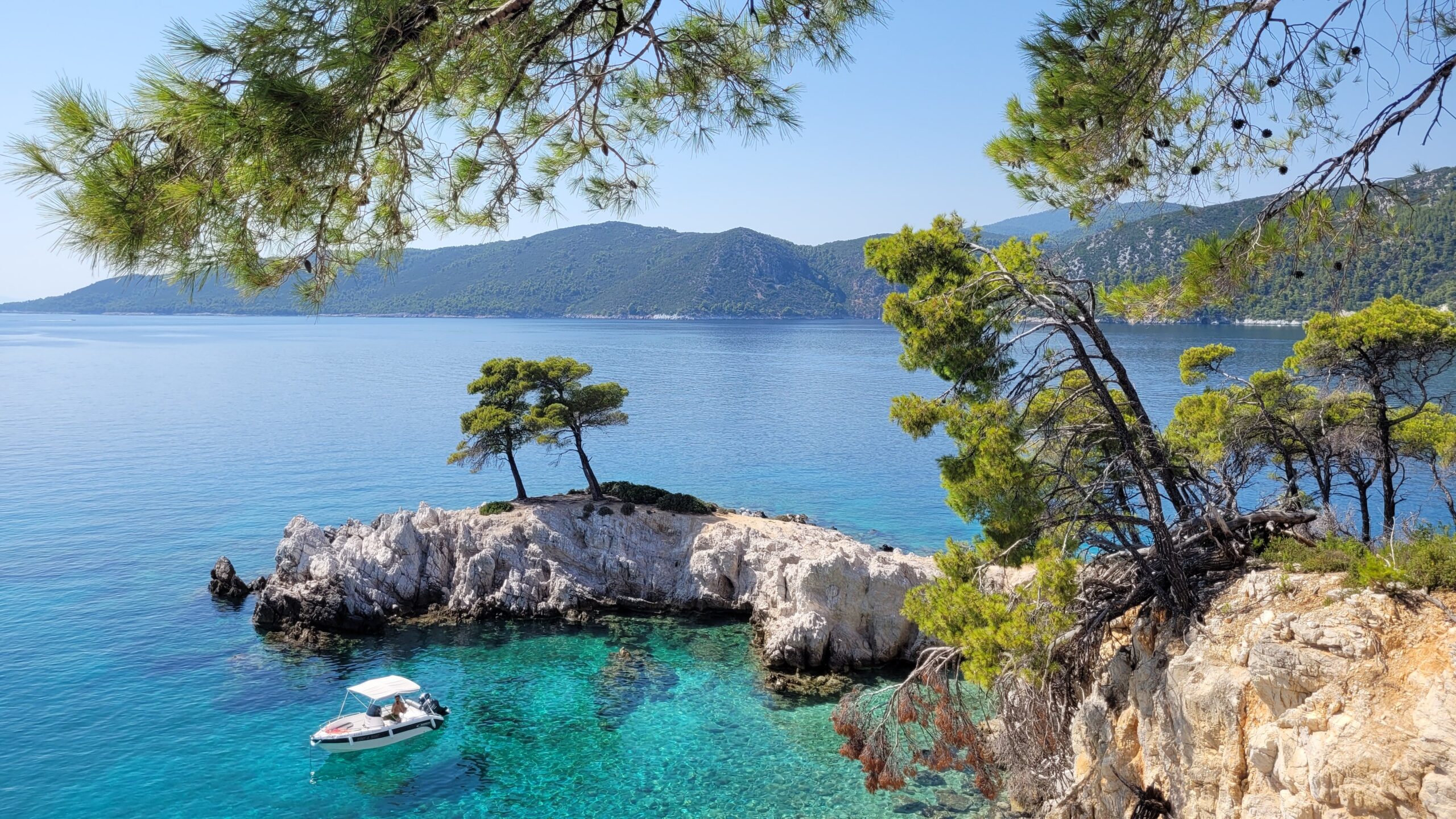
Complete 8 Day Skopelos Itinerary: An Ultimate Greek Getaway
8 Day Skopelos Itinerary: lush forests, iconic Mamma Mia spots, beaches, hikes, and local eats—with hidden spots and a boat adventure in every chapter.
